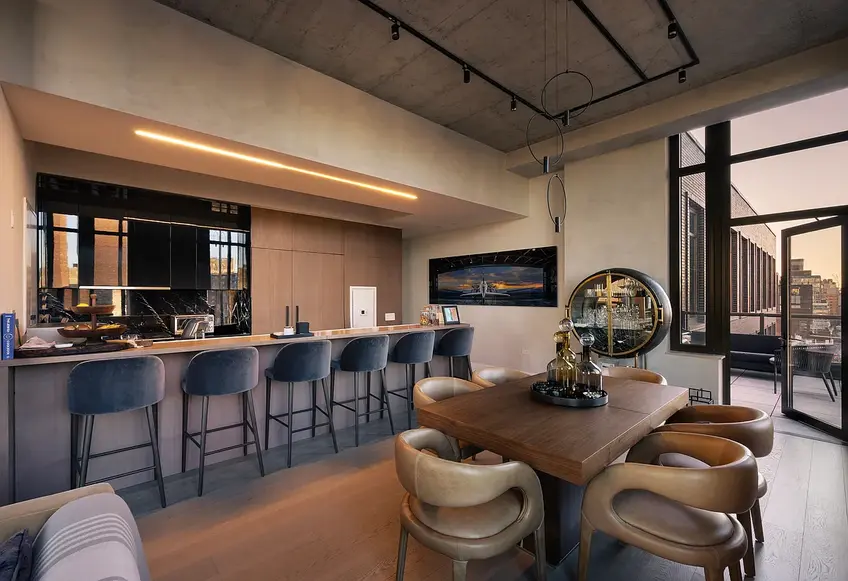 Make sure all the doors and windows open, close, and lock.
Make sure all the doors and windows open, close, and lock.
Whether you plan to rent, buy, or invest in an apartment, knowing what to look for when you do a walk-through is critical. You likely know what you want your apartment to look like on an aesthetic level (e.g., hardwood floors, spacious, and full of natural light), but what about everything else, including those things that lie beneath the surface? If you want to avoid surprises after signing on the dotted line, doing a thorough walk-through is the best place to start.
In this article:
How to prepare for a walk-through
First, when going to do a walk-through, arrive with the right tools—a copy of your contract for reference, a notebook, pen, tape measure (to measure door openings and rooms), your phone (to take photographs and test reception), and a charger (to test outlets). Second, if you can, bring someone along with you since two sets of eyes are always better than one when doing a walk-through.
Walk-throughs for buyers versus renters
Many people assume that walk-throughs are more critical for buyers than renters since buyers are more likely to have a lot at stake. The stakes are indeed higher for buyers, but if you’re a buyer, you won’t be the only person inspecting the apartment. In fact, if you’re financing your purchase, your lender will require you to hire a home inspector.
However, if you’re a renter, your own walk-through is likely the only chance you’ll get to find out if the apartment is safe, legal, and meets all your standards. In this respect, walk-throughs are just as important for renters than buyers, if not more so.
However, if you’re a renter, your own walk-through is likely the only chance you’ll get to find out if the apartment is safe, legal, and meets all your standards. In this respect, walk-throughs are just as important for renters than buyers, if not more so.
Walk-throughs from a distance
When real estate was deemed an essential industry at the height of the pandemic, many brokers became used to giving tours via FaceTime or Zoom. Those looking to buy or rent from another state or country still have these tools at their disposal, and can ask brokers to turn on appliances and light switches, flush toilets, run water, and zoom in on particular areas. This can be enough for some, but others may insist on seeing a place in person before signing on the dotted line.
Walk-through checklist
Doing an apartment walk-through may feel overwhelming, but it doesn’t need to be. Read our guide and print out the accompanying checklist and bring it to your next walk-through.
Step 1: Basic Legal Standards
If an apartment doesn’t meet legal standards, you shouldn’t even be looking at it, but there are a small number of illegal apartments on the market. Also, many more apartments are legal but have been falsely advertised (e.g., classified as a one-bedroom when they are technically a studio). Thus, always start your walk-through by ensuring the apartment is legal and what it claims to be.Legal apartments must feature ceilings of at least seven feet (if located in a basement) and eight feet high (if located on any other floor of a building) and have proper exits—that is, a door and a window in each room (bathrooms are excluded). Legal apartments must also comply with all the other guidelines detailed in the Housing Maintenance Code.
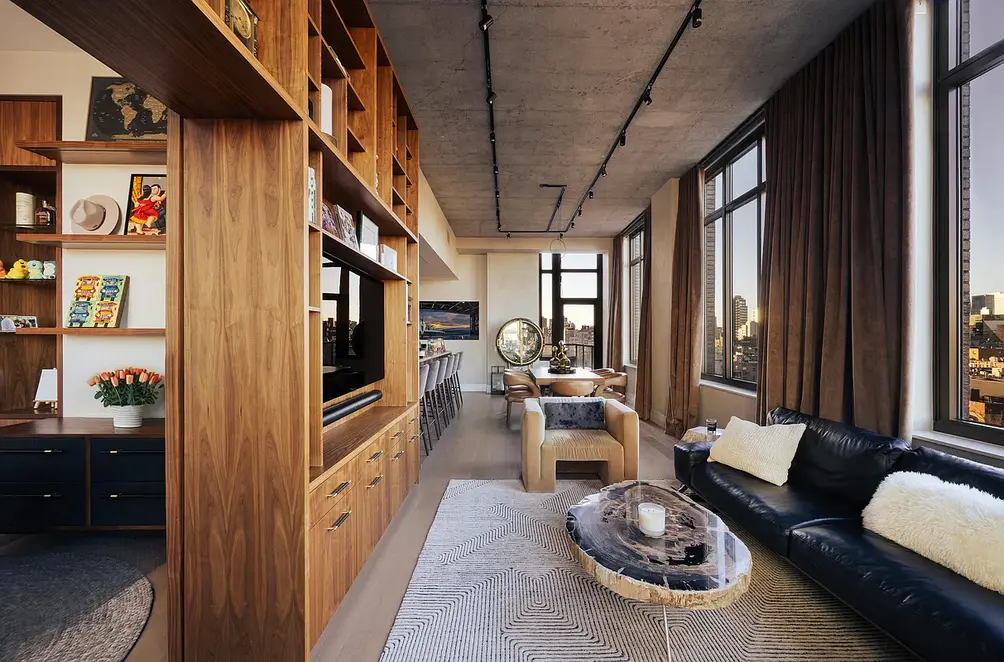
For a space to legally count as a room, it must be at least 80 square feet with no dimension measuring less than 8 feet (in larger apartments, some rooms may be as narrow as 7 feet). Also, legal rooms must meet minimum ceiling height standards, have at least one street, yard, garden, or courtyard-facing window, have at least two egresses (e.g., a door and window), and not serve as a passage to another room.
By definition, for something to count as a kitchen in New York City, it must be eighty square feet or larger (a kitchenette is any kitchen area that measures less than eighty square feet), and the ceiling, walls, and floors must be made of fire-retardant materials. In addition, legal kitchens must be supplied with gas or electricity and artificial lighting. If a kitchen was built after 1949, it must also feature a window (at least three-square-feet and the window must overlook the street, a courtyard, or an air shaft). Unfortunately, there are no guidelines regulating storage or counter space.
Bathrooms are one of the least regulated parts of New York City apartments. There are no minimum size requirements for bathrooms, nor are there clear guidelines on which fixtures they must contain (this means that if you rent in an older walk-up, it is technically legal for there to be a bathtub or shower in the kitchen). One feature any bathroom must have is a window or ventilation system. If you’re doing a walk-through in an apartment with a windowless bathroom, check the ventilator to ensure it is still working.
 Performing a walk-through means checking ALL the details.
Performing a walk-through means checking ALL the details.
Step 2: Safety Features (fire and carbon monoxide detectors)
Ensure the apartment has a smoke detector and a carbon monoxide detector. If these features aren’t already installed, be prepared to install them yourself (in some leases, the onus is on tenants to ensure these fixtures are in place and in working order). If you’re looking at a unit in an older walk-up, ensure the window leading to the fire escape can be opened. For security reasons, many fire escape windows are covered by grills, which are frequently locked. If the key to the security grill no longer exists or the grill simply no longer can be opened, you won’t be able to get on to the fire escape, and technically, this means the apartment is illegal. Finally, check to see if the front door of the apartment is self-closing—as of July 31, 2020, all legal front doors must be self-closing to help prevent the spread of fires in multiple-unit buildings.Also, don’t stop at inspecting the unit itself. Check to ensure the building’s hallways have proper alarms and sprinklers. It is also a good idea to ask about the building’s fire escape plan (notably, the superintendent should be able to answer all these questions). If you have concerns about the building’s safety, do your due diligence (you can search for past violations using NYC Building’s search tool). If the building does have a long violation history, you may want to rethink your decision to buy or rent.
Step 3: Security Features (doors, locks, and windows)
As basic as it may sound, check to ensure all the locks and doorknobs are working. The front door leading from the apartment to the hallway should also have a peephole or chain so tenants can see who is knocking before they open the door. Finally, ensure the door doesn’t have a double-cylinder deadbolt lock. While these locks are secure, they are also potentially dangerous. Since these locks require a key to open from inside and out, they can result in occupants being locked in during emergencies.Once you’re done with the doors, ensure all the windows both open and close securely. In a townhouse or walk-up, intruders are just as likely to enter through a window as a door.
 196 Orchard Street, #PHC (Corcoran Group)
196 Orchard Street, #PHC (Corcoran Group)
In addition to making sure your doors and windows are able to withstand security threats, take some time to notice how well they protect from sound and disturbances. New York is jokingly known as the city that never sleeps, but that can feel less funny when you're trying to go to bed. If an apartment is marketed as having soundproof windows, make sure you truly can't hear any street noise when they're closed. Also, take a moment to listen to what you hear through the walls of the apartment. Are barking dogs, noisy kids, or raised voices making their way in?
Finally, inspect the rest of the building. If it isn’t a full-service building, does it have a security guard? If not, does it have a security camera? Does the front door of the building lock and do tenants leave the door locked or propped open? Are the hallways and common areas clean and well-lit? Do non-residents hang out on the stoop of the building?
Step 4: Plumbing
You may not be a plumber, but this shouldn’t stop you from doing a basic inspection of the plumbing during your walk-through. First, even if it sounds a bit disgusting, look under every sink and toilet to ensure there are no leaks. While you’re at it, also give the toilet a flush—if you don’t, you’ll never know for certain if it actually works. Check to make sure all the faucets turn on and off and aren’t dripping. Also, look for mold around any grout or tiles. Finally, turn on the shower and let it run for a few minutes to check the water pressure and temperature.Step 5: Appliances
Even if you’re feeling rushed by the broker or agent, a walk-through is your time to test out what you’re proposing to rent or buy. This means that it is within your right to ensure that all the appliances are working. Open the refrigerator to ensure it is still working. Turn on the oven and test each burner on the stove. If the unit has a gas oven, ensure the pilot lights are working and check for any excess gas smells. Also, check to see if there is a fan installed above the stove and turn it on to determine if it is in working order (a fan is not a legal requirement, but in a small apartment, no one really wants to use a kitchen without a strong fan with a clear filter).If the unit comes with a dishwasher, test it out to ensure it’s in working condition. The same holds true for the washer and dryer (if the laundry facilities aren’t in your unit, be certain to visit the common area where they are located). If you have a washer/dryer hookup but not the appliances themselves, ensure that this is working and located in a clean area. Also, run the heating and air conditioning units to confirm that it is in working order.
 Make sure the appliances are in working order.
Make sure the appliances are in working order.
Step 6: Electricity and Technology
Most apartments in New York City were built decades ago, and some apartments were even built before electricity was widely available in most homes. As a result, it is absolutely essential to do an outlet count. One or two electrical units in a large living room may been adequate in 1940, but in an age of home gadgets, you may need six or more. Also, check to ensure there are adequate outlets in other areas of the home, including the bathroom and kitchen. Finally, don’t assume that all the outlets counted are in working order. Bring a phone charger and phone with you to check each outlet as you do your walk-through. If an outlet isn’t working, note its location.In addition to ensuring the apartment has enough working outlets, switch on all the lights to ensure they are in working order. Also, look for cable and internet access. If you don’t see any cables in the apartment, ask the superintendent about the building’s cable and internet access. It is unlikely but possible that the unit has simply never been serviced.
As long as you have your phone with you on the walk-through, make a bunch of quick calls from different rooms. This will help you check on cell reception throughout the apartment.
Finally, a number of apartments and buildings have begun to incorporate smart home systems that allow residents to control their blinds, lights, thermostat, and music from a wall panel or app. If your apartment comes with a smart home system, take this time to ensure that it's functioning.
Step 7: Pest Control
This isn’t going to be the most fun part of your walk-through, but if you skip it, it may also be the one you come to regret most. In most cases, you won’t see a mouse, rat, or family of cockroaches hanging out in the apartment during a walk-through, but you may see signs that they are close by. Some common things to look for include the following.- Rats: Rats love New York City. They eat at our restaurants, hang out around our bodegas, and sometimes, they invade our homes. While you’re unlikely to see a rat during a walk-through, that doesn’t mean you’re in a rat-free building. To get started, check the address on the RIP (Rat Information Portal) website.
- Mice: Like rats, mice love New York City and share our common spaces. The best way to check for mice is while doing a walk-through is to look for their signs they have been in the unit—start by looking under the sink and in cupboards for mouse traps and or signs of feces.
- Cockroaches: If you see one cockroach, assume there are many more, but even if you don’t see any, don’t assume the building is cockroach free. Check under the sink and in cupboards for traps left by the current or previous occupant. Also, look for droppings—those small dark flecks in the cupboard that look like coffee grounds may be cockroach feces.
- Bed bugs: You likely won’t see them, but you can find out if the unit or building has had a recent infestation. Landlords must disclose any bed bug incidents. Look for violations on the NYC Department of Buildings site.
Step 8: Water Damage
In addition to checking for leaks under the signs, look for other signs of water damage. To start, look up—are there any tell-tale brown stains on the ceiling? If so, this may indicate that your upstairs neighbor has a leak that is damaging your unit. Also, look for signs of peeling paint or wallpaper and for any suspicious cracks in the wall. Finally, look for mold, especially on the bathroom ceiling and walls.When looking for signs of water damage, don't limit your check to the bathroom. In the kitchen, take a look around the sink, refrigerator, and dishwasher to ensure that there are no signs of water damage or mold in these areas.
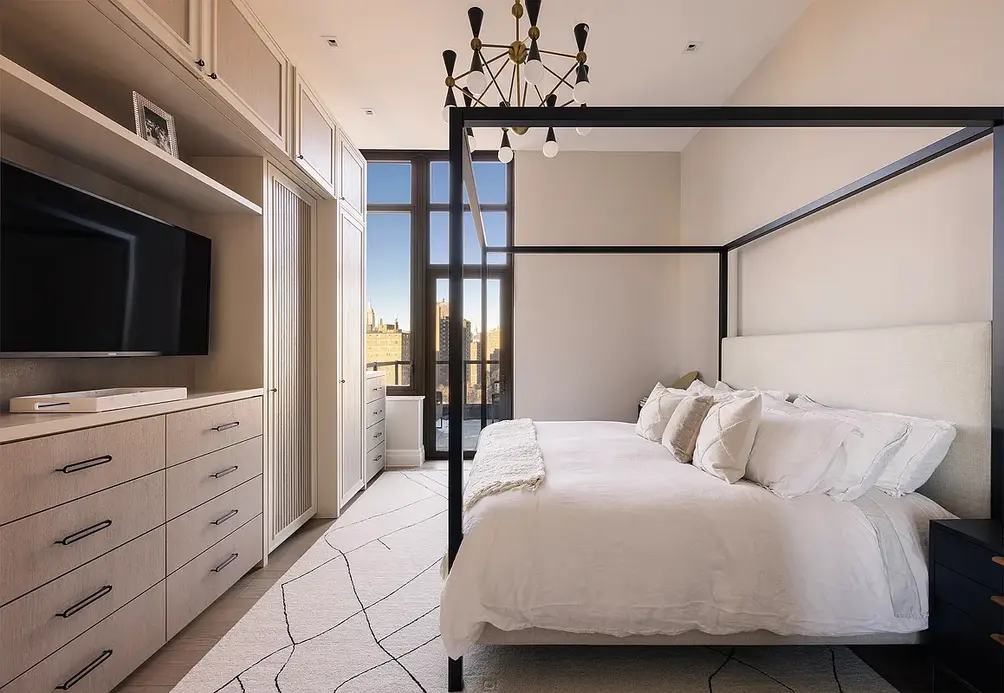 Completing this checklist will help you sleep easier at night.
Completing this checklist will help you sleep easier at night.
Step 9: Storage
While lack of storage won’t put your life at risk, it certainly will impact your quality of life once you move in. Before you finish your walk-through, take time out to count the number of closets in the unit and even to measure their size. The average apartment should at least have a closet in the front hallway and one in each bedroom.Step 10: Outdoor Space
Outdoor space jumped on many a wish list in the wake of the pandemic, and this is something that cannot be overlooked in the inspection. If you’re lucky enough to have a balcony or private garden, check that the access doors are working properly and lock securely. Make sure the balcony feels sturdy. If it comes with a self-irrigating planter, check to make sure this is indeed the case. Finally, take a moment to observe what you see, hear, and smell from the outdoor space - will this keep you from enjoying it?
Would you like to tour any of these properties?
Just complete the info below.
Or call us at (212) 755-5544
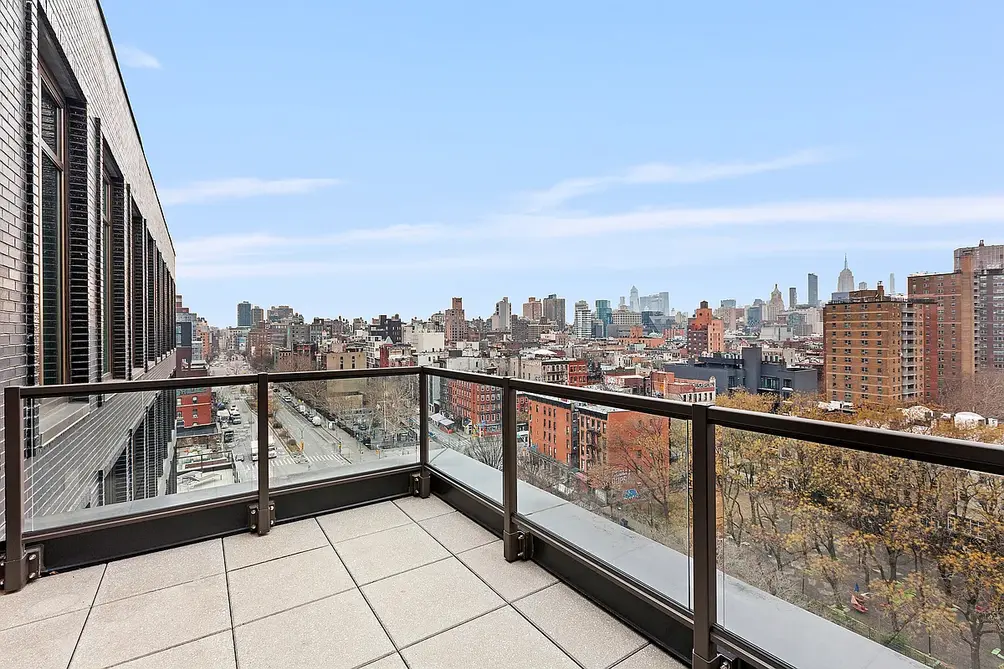
Step 11: Furnishings
Furnished apartments experienced a new appreciation in the wake of pandemic-induced supply chain woes, and remain popular for the convenience. Some come with the basics (think bed, dresser, couch, kitchen table and chairs, and basic appliances), while others go so far as to include fine art, luxury linens, and high-end bath products. Either way, the walk-through is a time to ensure that everything promised in the listing is in fact in the apartment, and that all the pieces are of good quality.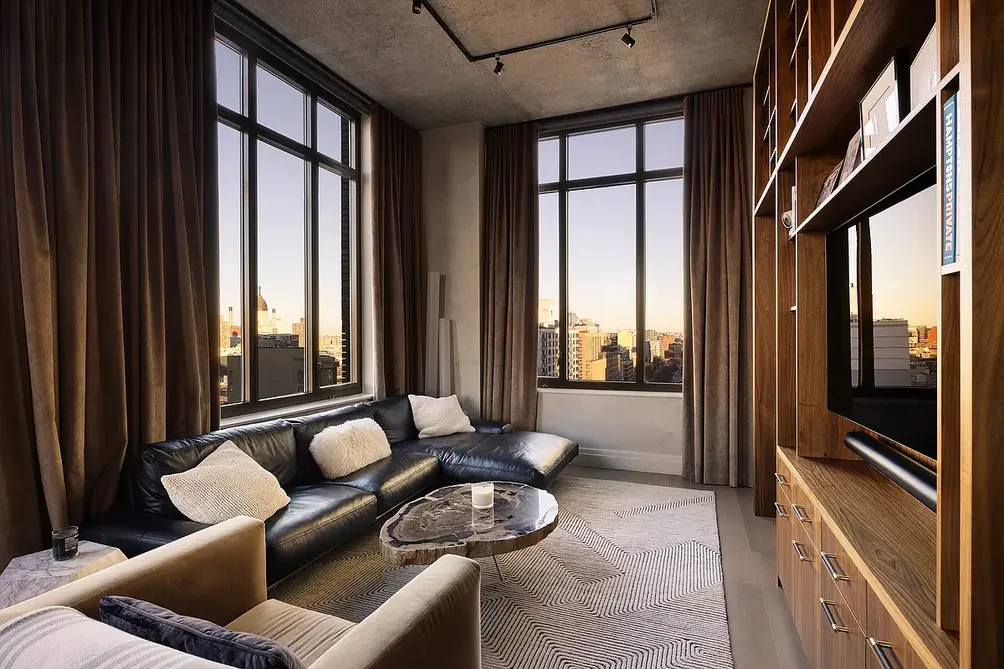
The Checklist
Step 1: Basic Legal Standards
Step 2: Safety Features
- Unit meets legal definition of an apartment.
- Rooms are legal.
- Kitchen is legal.
- Bathrooms has window and/or ventilation system in working order.
Step 2: Safety Features
- Smoke detector is installed and in working order.
- Carbon monoxide detector is installed and in working order.
- Windows are in every room (open and close and are large enough to crawl through).
- Proper alarms and sprinklers are installed in all hallways and public areas.
- Building has a fire escape plan posted in a public area.
- There are no recent and unresolved violations for the building on NYC Building.
Step 3: Security Features
- Front door closes and has a lock (but not a double-cylinder deadbolt).
- Other doors open and close properly.
- Windows open and close properly.
- Front door is managed by staff and or front door locks.
- Building has security cameras.
Step 4: Check the Plumbing
Step 5: Run the Appliances
- No signs of leaks under or around sinks.
- No signs of leaks under the toilet.
- Toilet flushes properly.
- Taps turn on and off properly and don’t leak.
- No signs of mold on grout or tiles.
- Water pressure is adequate in the bathroom and kitchen.
- Hot water is adequate in the bathroom and kitchen.
Step 5: Run the Appliances
- Refrigerator is in working order.
- Oven and all burners are in working order.
- Above stove fan has been installed and is in working order.
- For gas ovens, pilot lights are on and all elements are functional.
- Dishwasher is in working order.
- Washer/dryer are in working order, or there is access to a clear, well-lit laundry room with working units elsewhere in the building.
Step 6: Test the Electrics
Step 7: Look for Common Pests
- All rooms have electrical outlets.
- All electrical outlets work.
- All light switches work.
- Unit is cable/internet ready.
- There is a strong cell signal in all rooms.
- Smart home technology, if available, is working.
Step 7: Look for Common Pests
- No visible sightings of pests in unit, hallway, or common areas.
- No signs of feces (rats, mice, or cockroaches).
- No signs of traps or bait left in the apartment (e.g., under sink).
- No reported rat problems on the RIP (Rat Information Portal).
- No reported bed bug incidents on the NYC Building site.
Step 8: Check for Water Damage
Step 9: Audit the Storage
Step 10: Check on Outdoor Space
Step 11: Check on Furnishings
- No signs of ceiling or wall leaks.
- No peeling paint or wallpaper.
- No cracks in ceiling or wall.
- No signs of mold on bathroom ceiling or walls.
- No signs of mold or water marks near the kitchen sink, refrigerator, or dishwasher.
Step 9: Audit the Storage
- Front hallway closets.
- Closets in all bedrooms.
- Additional storage areas in unit or building.
Step 10: Check on Outdoor Space
- Door opens and closes.
- Door locks securely.
- Balcony feels steady.
- No disagreeable sights, sounds, or odors.
Step 11: Check on Furnishings
- All the pieces promised in the listing are in the unit.
- No stains, scuffs, tears, or odors in the furniture.
- Furniture feels sturdy.

Final pro tips
Once again, if you’re buying a home, your walk-through will just be the first step. To close the deal, you’ll need to eventually have a licensed inspector complete an inspection. If you’re a renter, however, the walk-through may be the only time you get to assess the apartment and its current condition. Even if you feel rushed by the broker or agent, take your time. It’s your right to do a thorough walk-through. If you do find problems, photograph and or jot down details about any obvious problems. If you ultimately decide to purchase or rent the unit, these notes and photographs will help you ensure the repairs are completed before you take possession.
Below, we look at listings with weekend open houses that could lead to future walk-throughs and purchases. In honor of the first day of spring in the Northern Hemisphere, they all offer private outdoor space to make the most of longer, warmer days ahead.
Listings with open houses and private terraces
Downtown
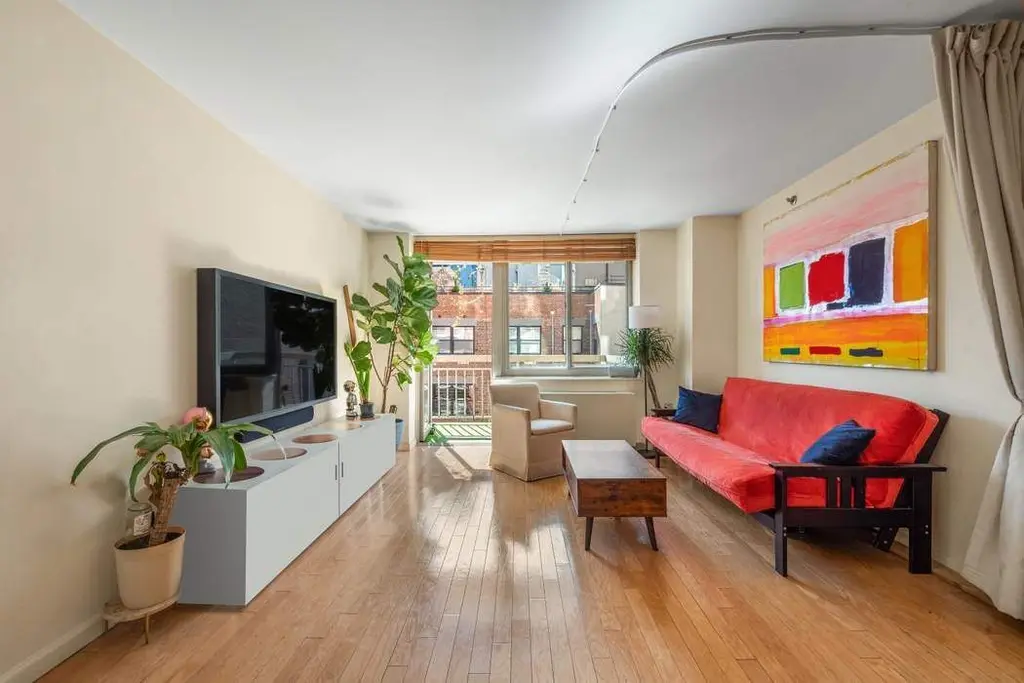
The Marais, #8B (Sothebys International Realty)
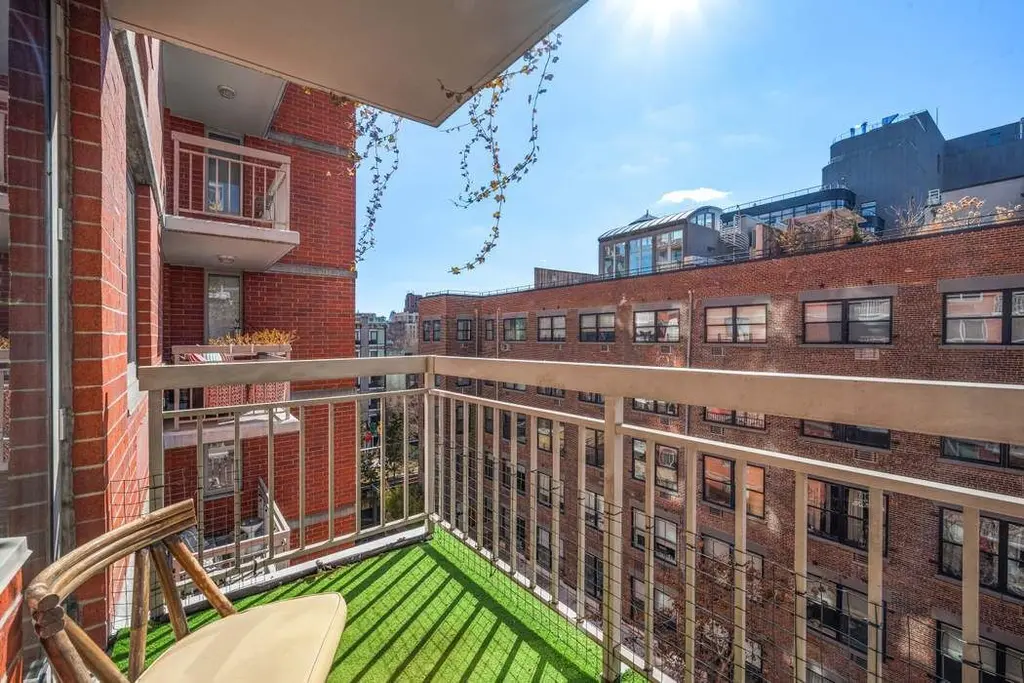
316 West 22nd Street, #3
$1,995,000 (-9.1%)
Chelsea | Cooperative | 2 Bedrooms, 2 Baths
Open House: Sunday, March 23
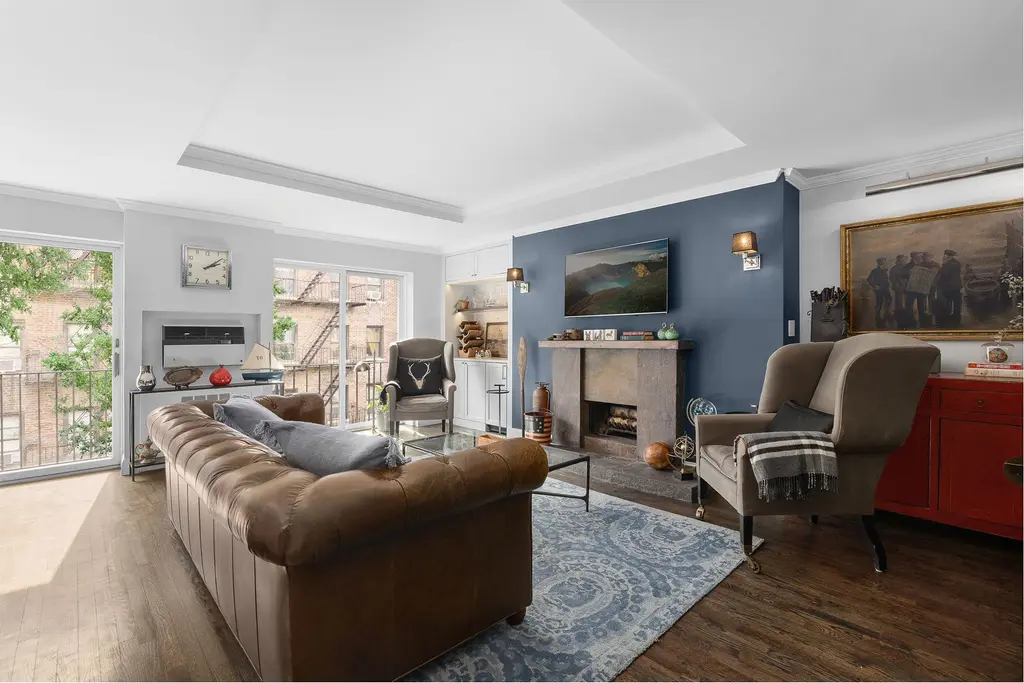
316 West 22nd Street, #3 (Douglas Elliman Real Estate)
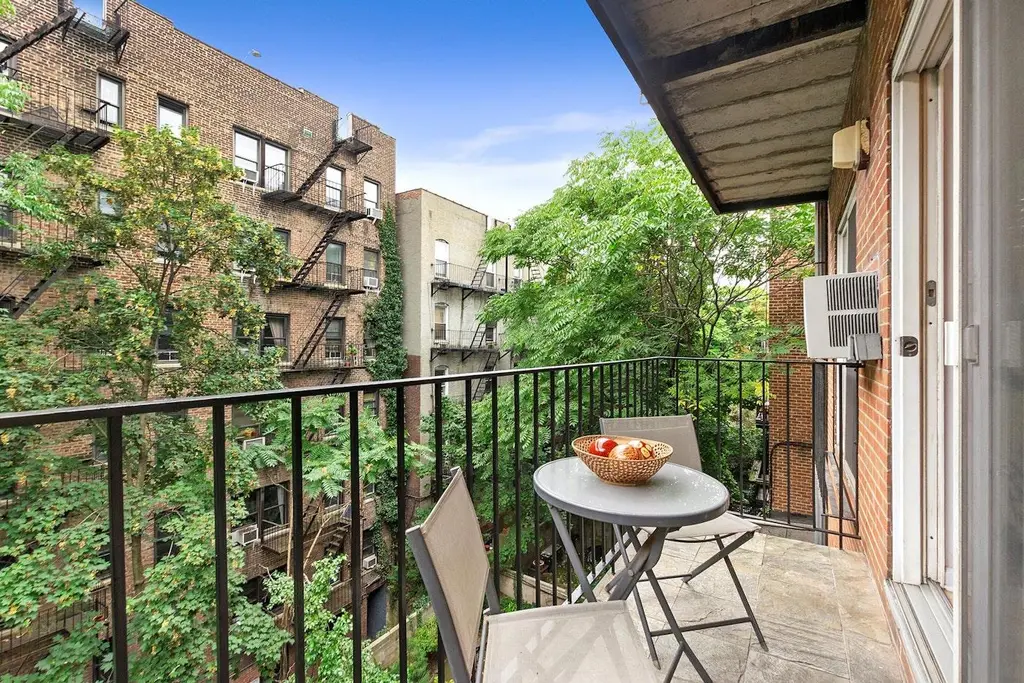
East River Coop, #G1904
$1,999,000
Lower East Side | Cooperative | 3 Bedrooms, 2 Baths
Open House: Sunday, March 23
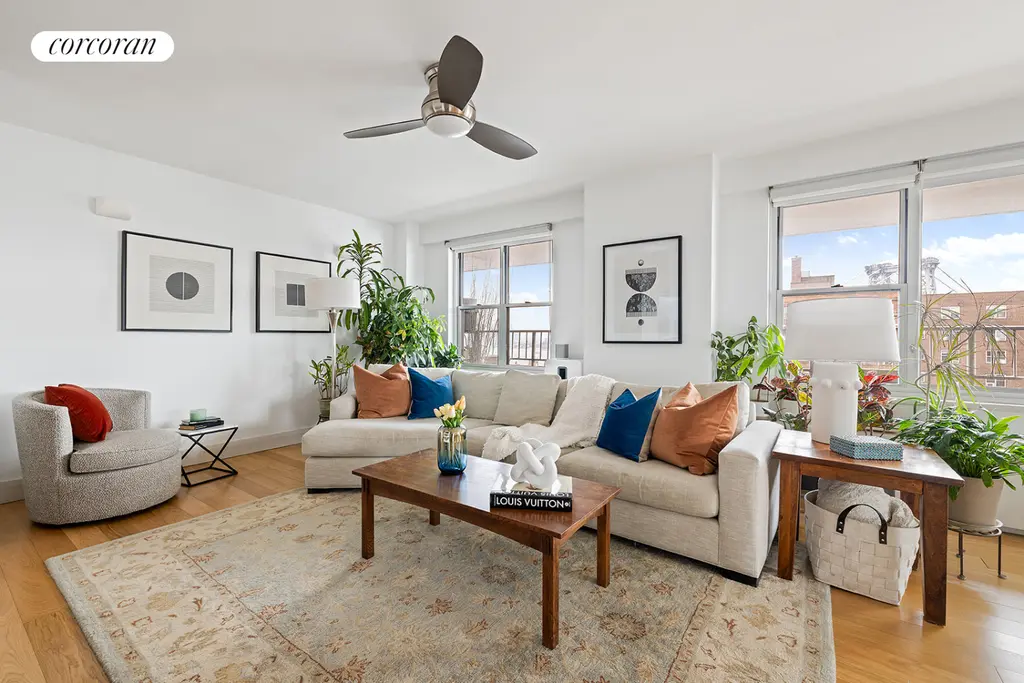
East River Coop, #G1904 (Corcoran Group)
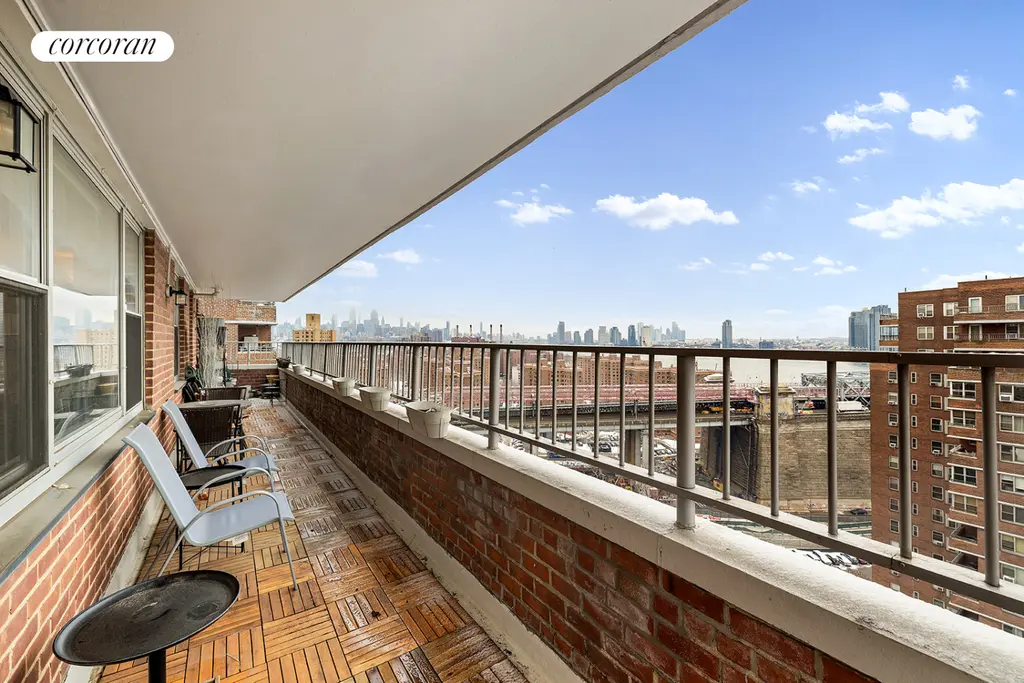
The Parkwood, #2E
$2,595,000
Flatiron/Union Square | Condominium | 2 Bedrooms, 2 Baths | 1,998 ft2
Open House: Sunday, March 23
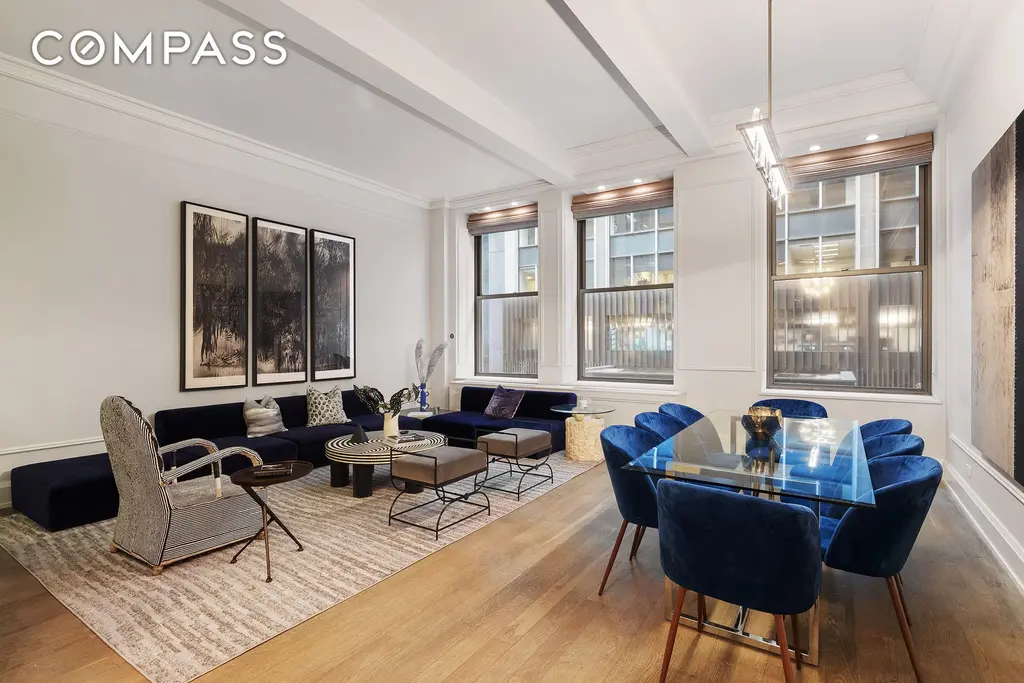
The Parkwood, #2E (Compass)
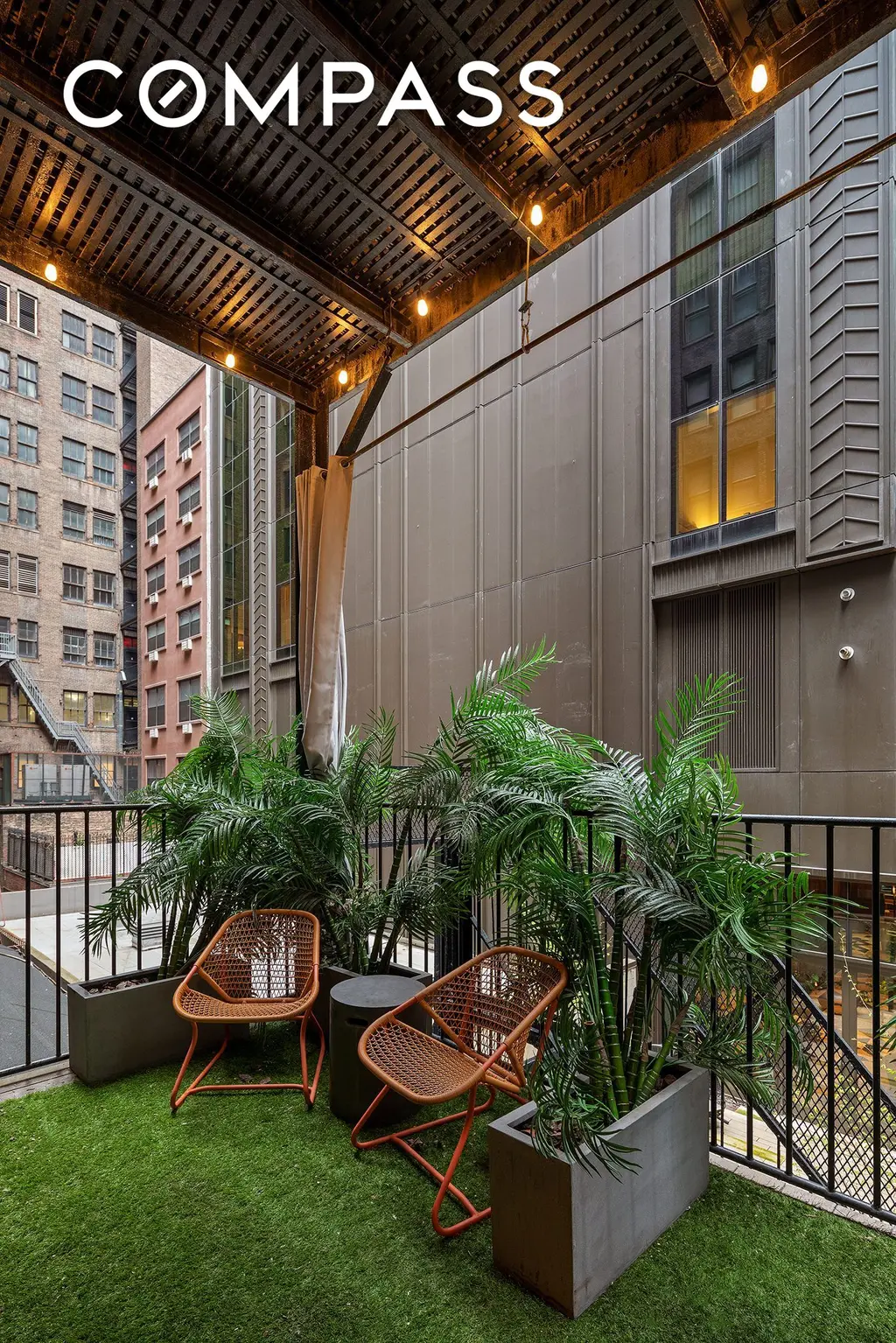
The Arcadia, #PHC
$2,850,000
Chelsea | Cooperative | 3 Bedrooms, 2 Baths | 1,700 ft2
Open House: Sunday, March 23
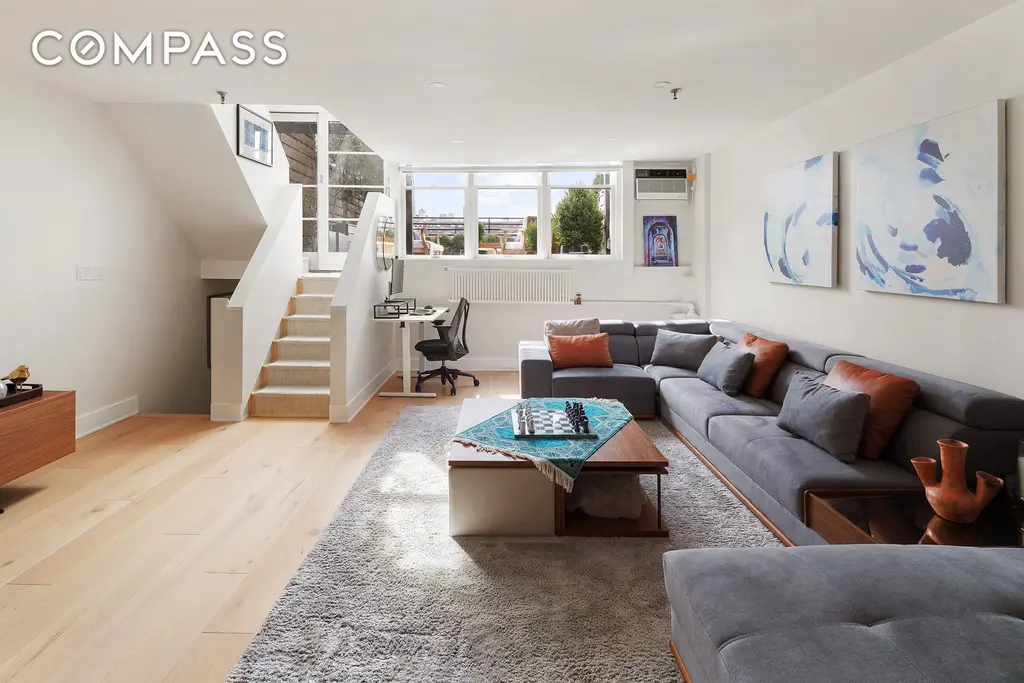
The Arcadia, #PHC (Compass)
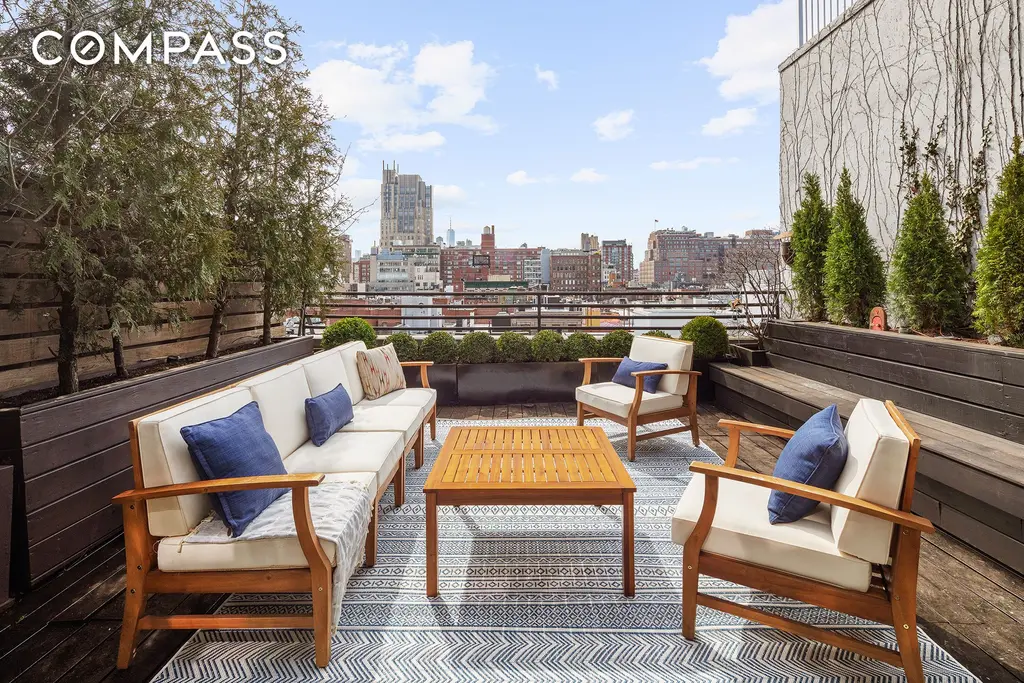
50 King Street, #PHA
$3,250,000
SoHo | Cooperative | 2 Bedrooms, 2 Baths
Open House: Tuesday, March 25
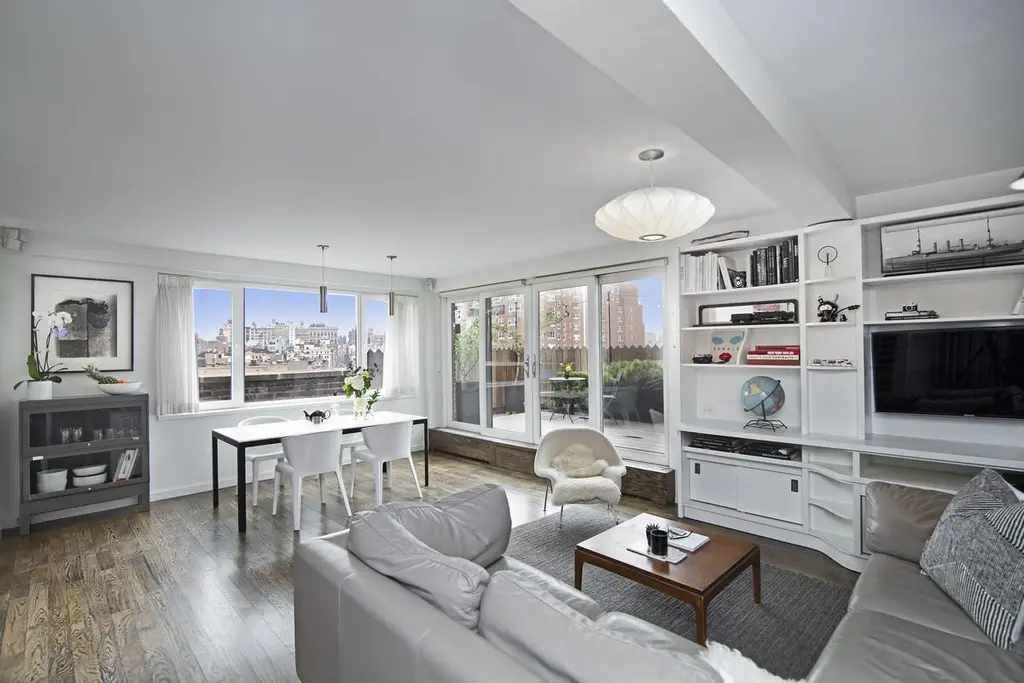
50 King Street, #PHA (The Heller Organization Inc)
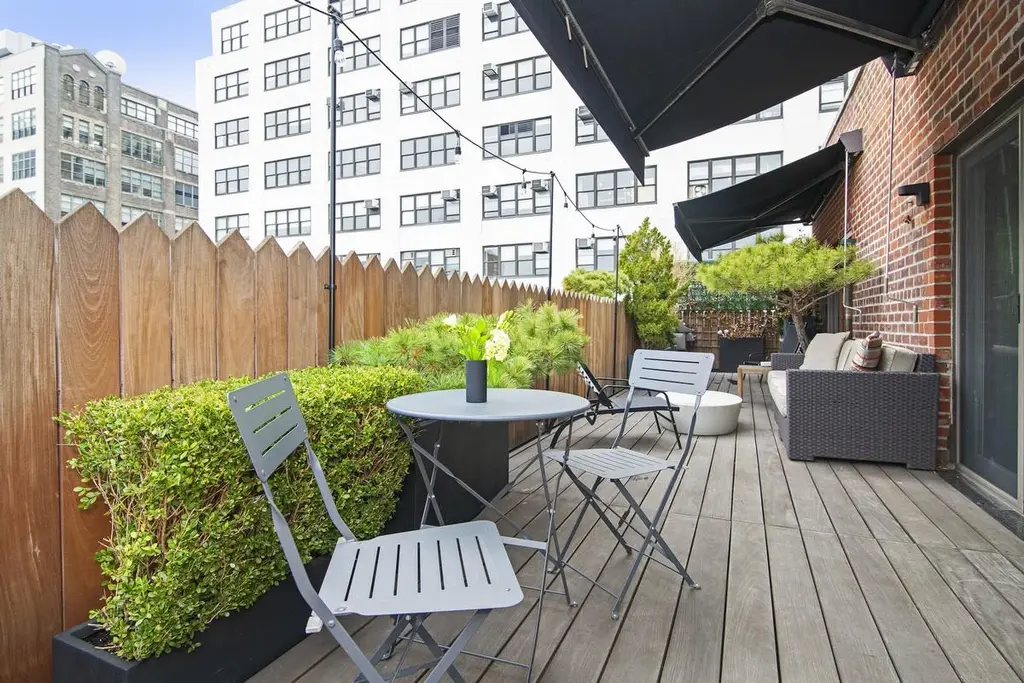
The John Watts, #PH7S
$4,995,000
Tribeca | Condominium | 3 Bedrooms, 2.5 Baths | 2,783 ft2
Open House: Sunday, March 23
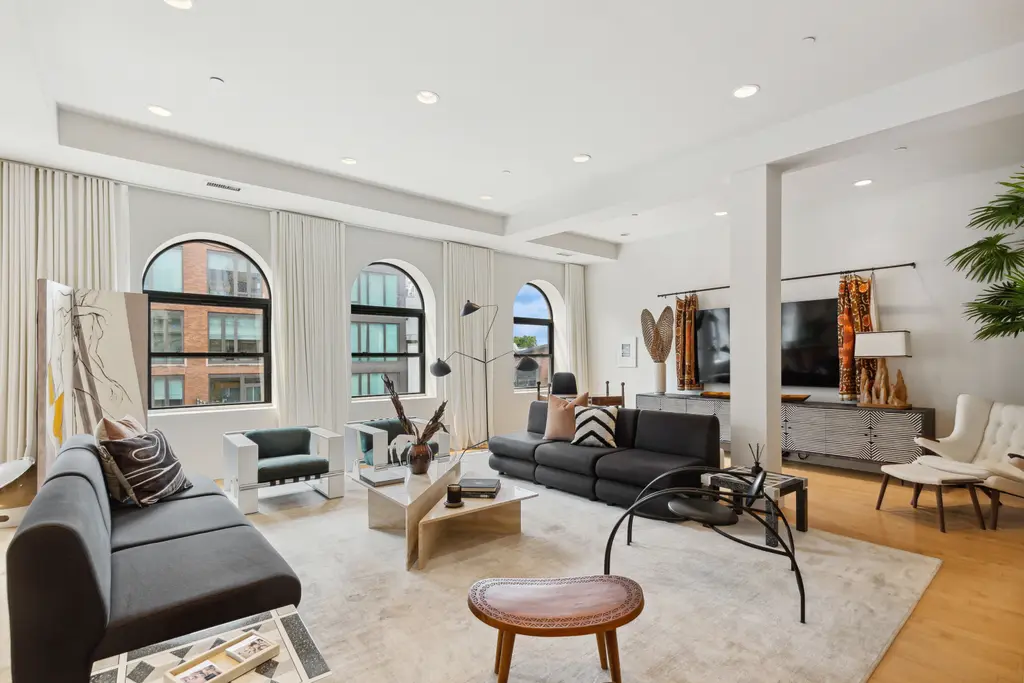
The John Watts, #PH7S (Serhant)
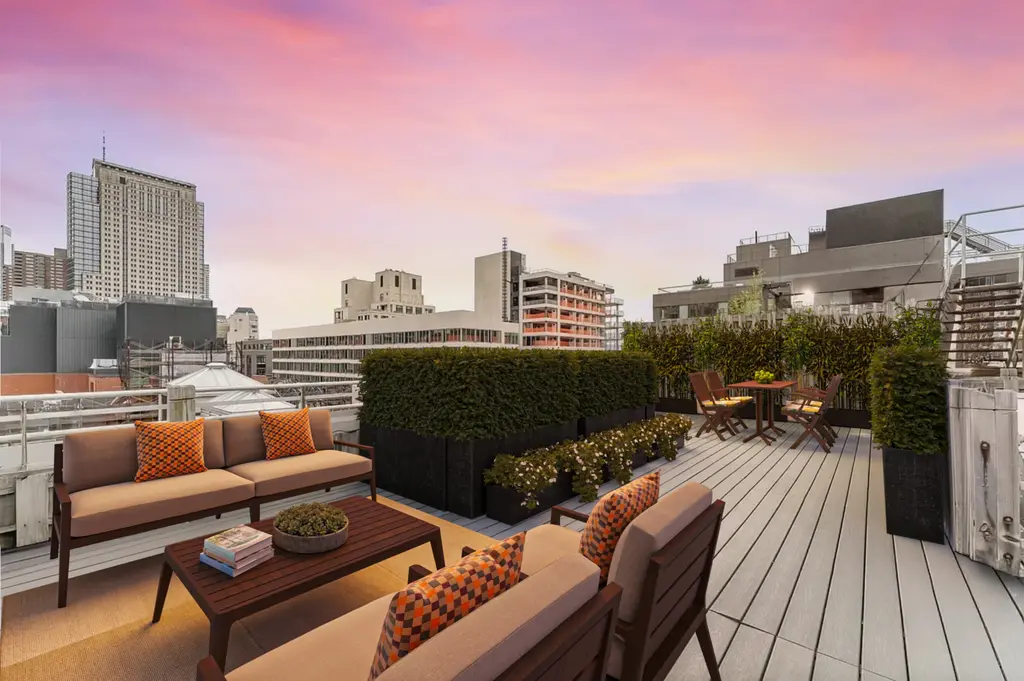
196 Orchard Street, #PHC
$5,295,000
Lower East Side | Condominium | 3 Bedrooms, 3.5 Baths | 1,997 ft2
Open House: Saturday, March 22
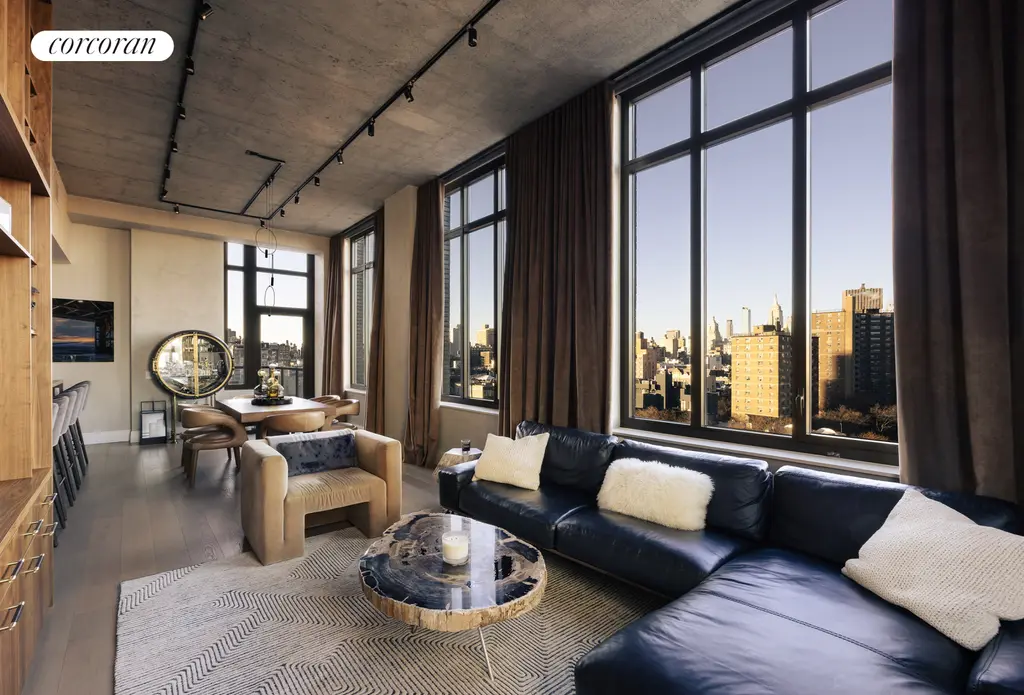
196 Orchard Street, #PHC (Corcoran Group)
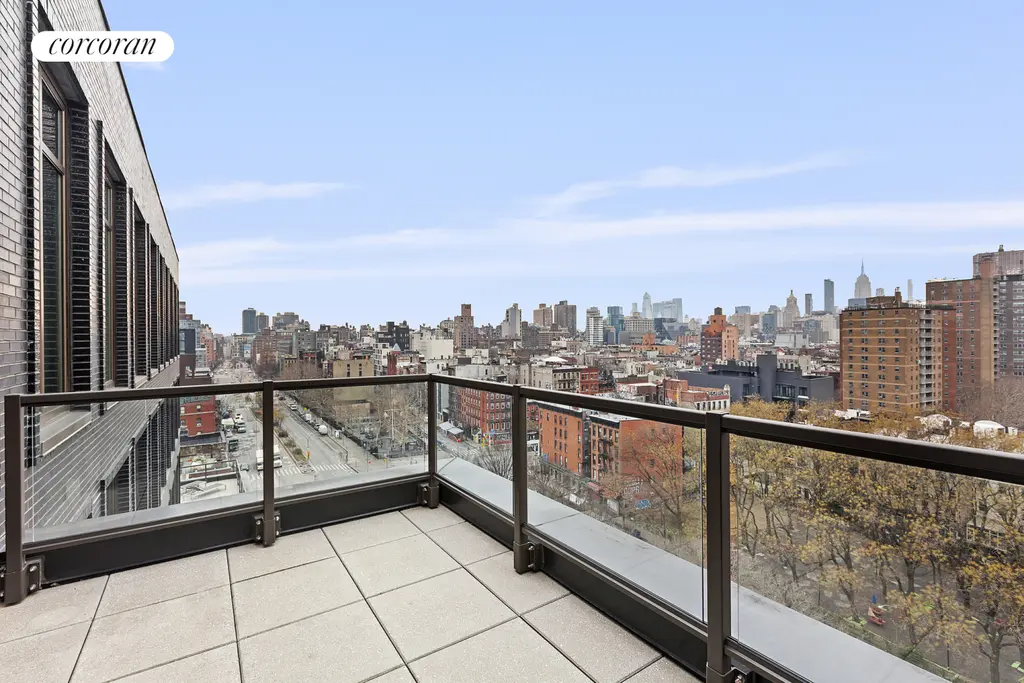
Midtown
40 Sutton Place, #PHM
$925,000
Beekman/Sutton Place | Condominium | 1 Bedroom, 1 Bath | 1,085 ft2
Open House: Sunday, March 23
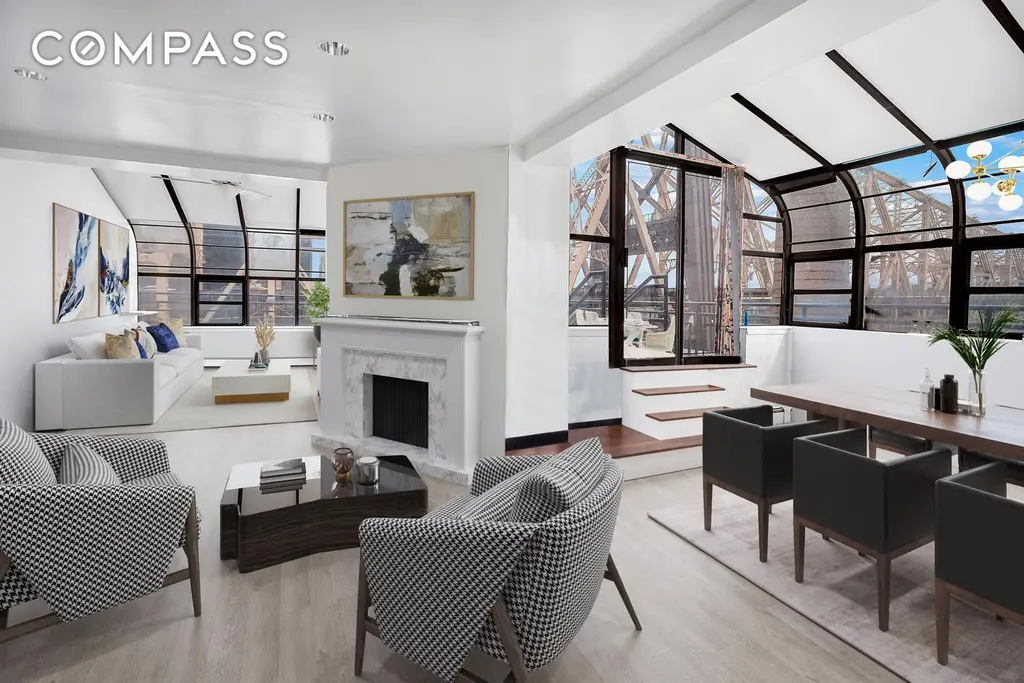
40 Sutton Place, #PHM (Compass)
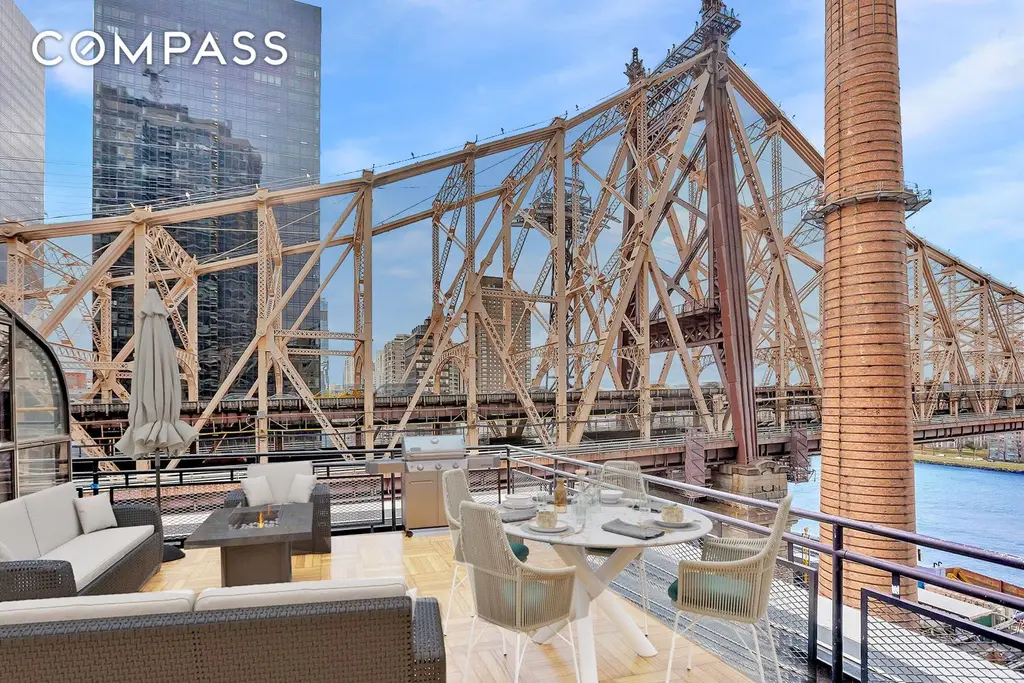
355 West, #4B
$1,350,000
Midtown West | Condominium | 1 Bedroom, 1 Bath | 700 ft2
Open House: Saturday, March 22
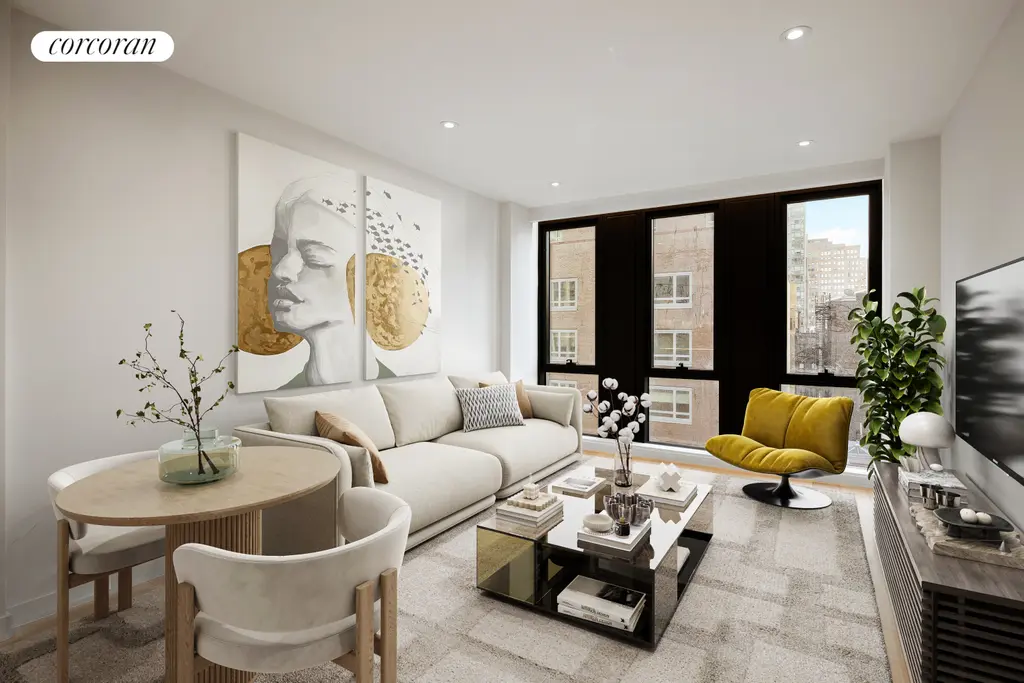
355 West, #4B (Corcoran Group)
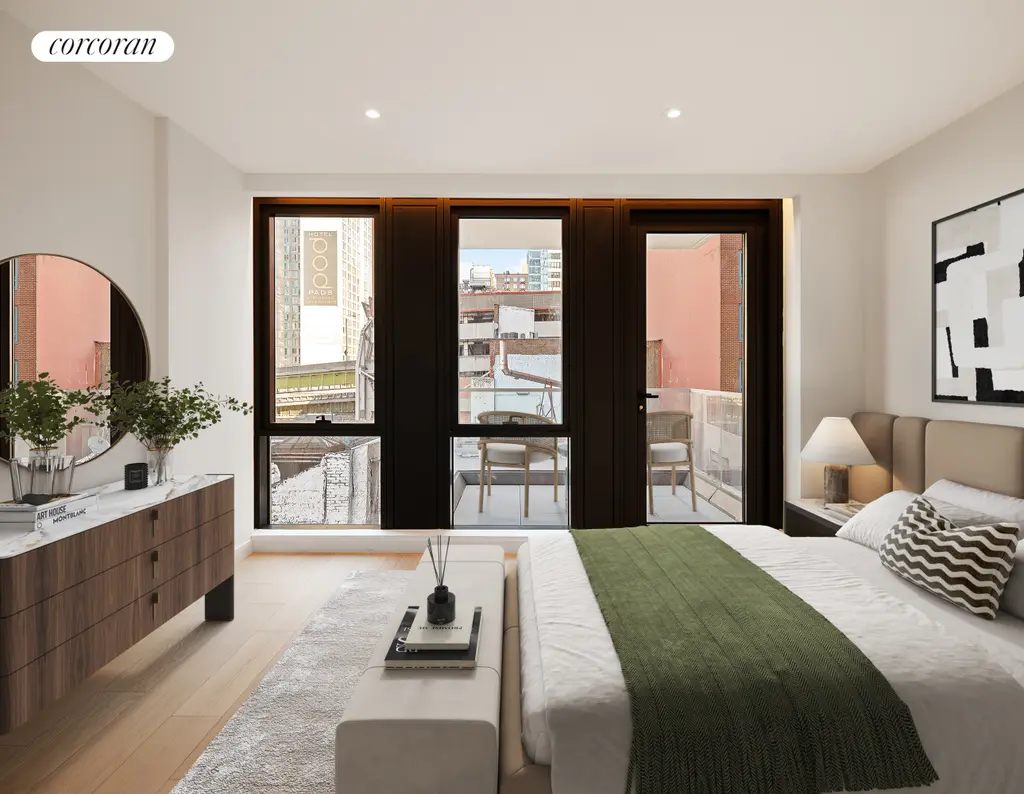
The Lumiere, #6J
$1,675,000
Midtown West | Condominium | 2 Bedrooms, 2 Baths | 1,050 ft2
Open House: Sunday, March 23
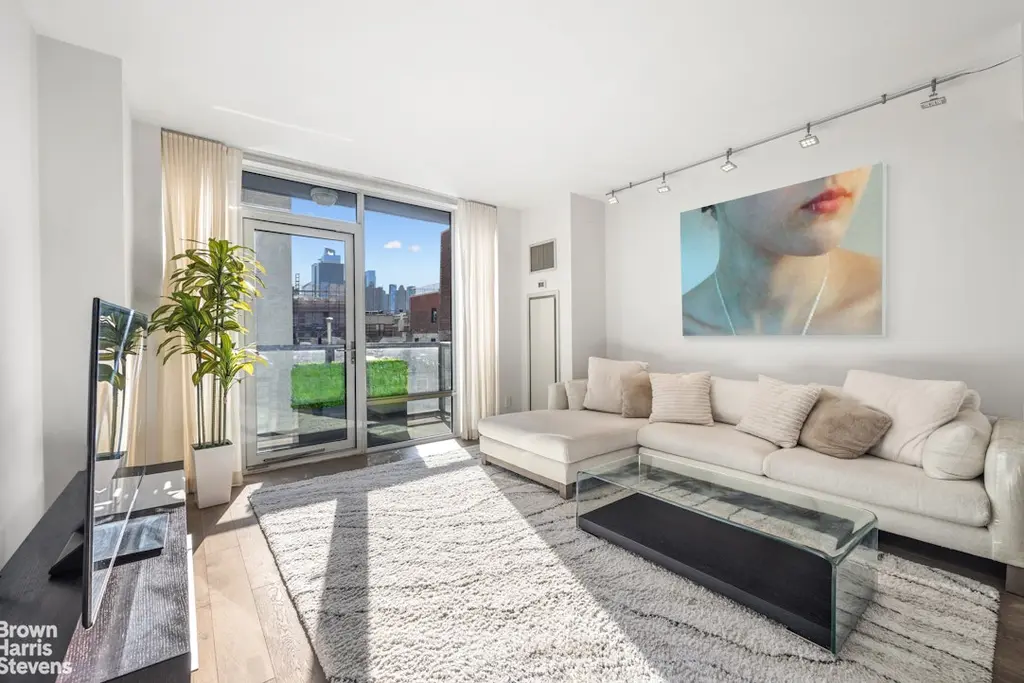
The Lumiere, #6J (Brown Harris Stevens Residential Sales LLC)
611 West 56th Street, #PH35
$15,000,000
Midtown West | Condominium | 5 Bedrooms, 5.5 Baths | 5,141 ft2
Open House: Sunday, March 23
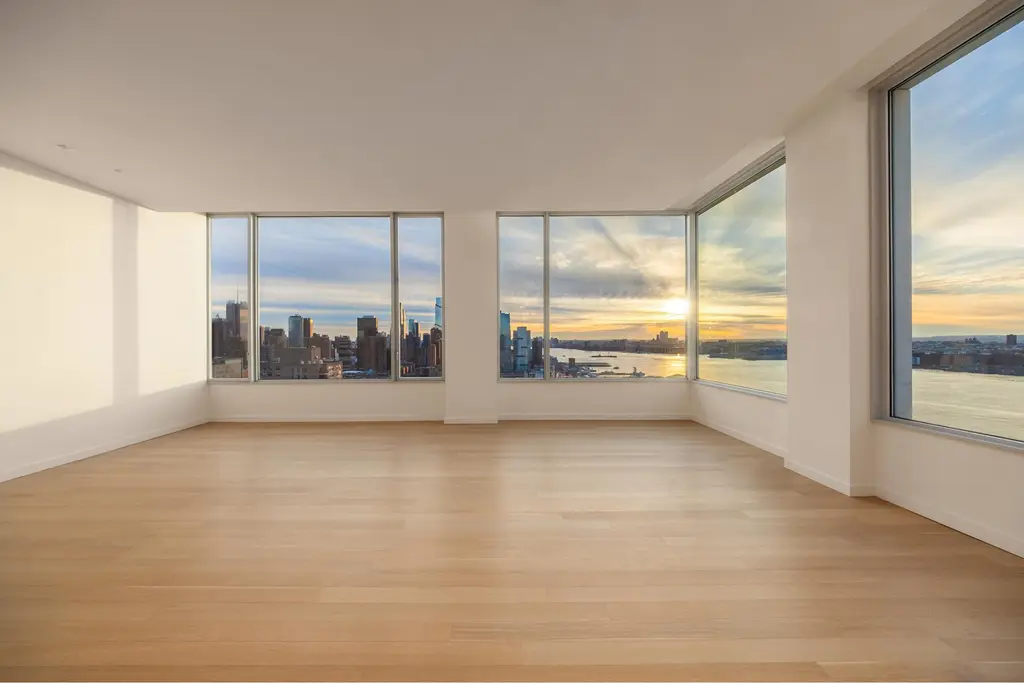
611 West 56th Street, #PH35 (Douglas Elliman Real Estate)
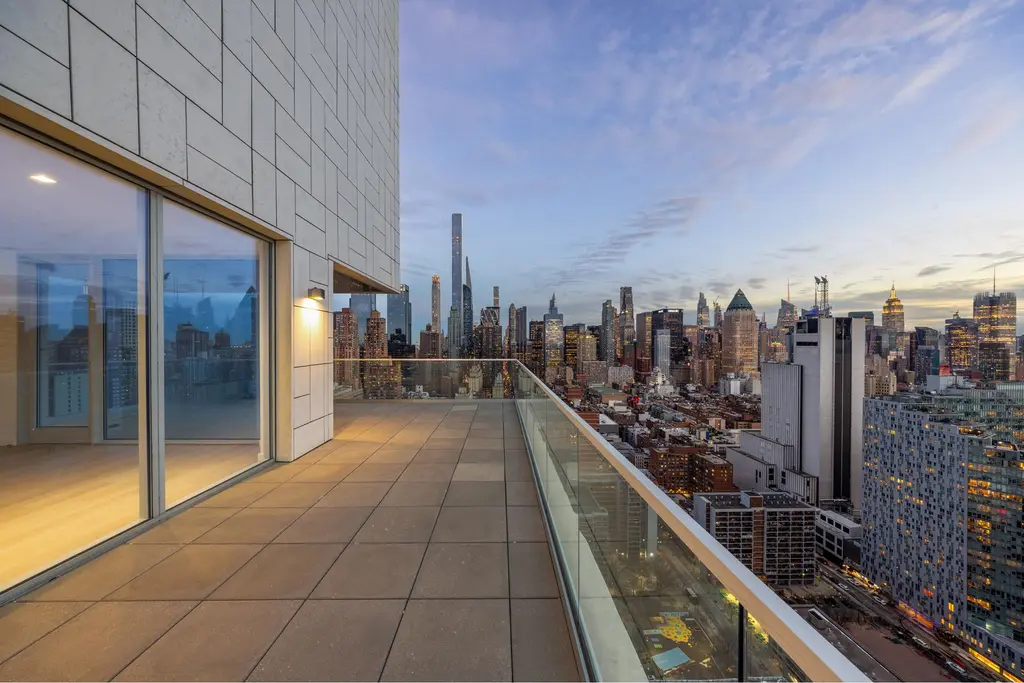
Upper East Side/Upper West Side
131 West 85th Street, #4C
$599,000
Broadway Corridor | Cooperative | 1 Bedroom, 1 Bath
Open House: Sunday, March 23
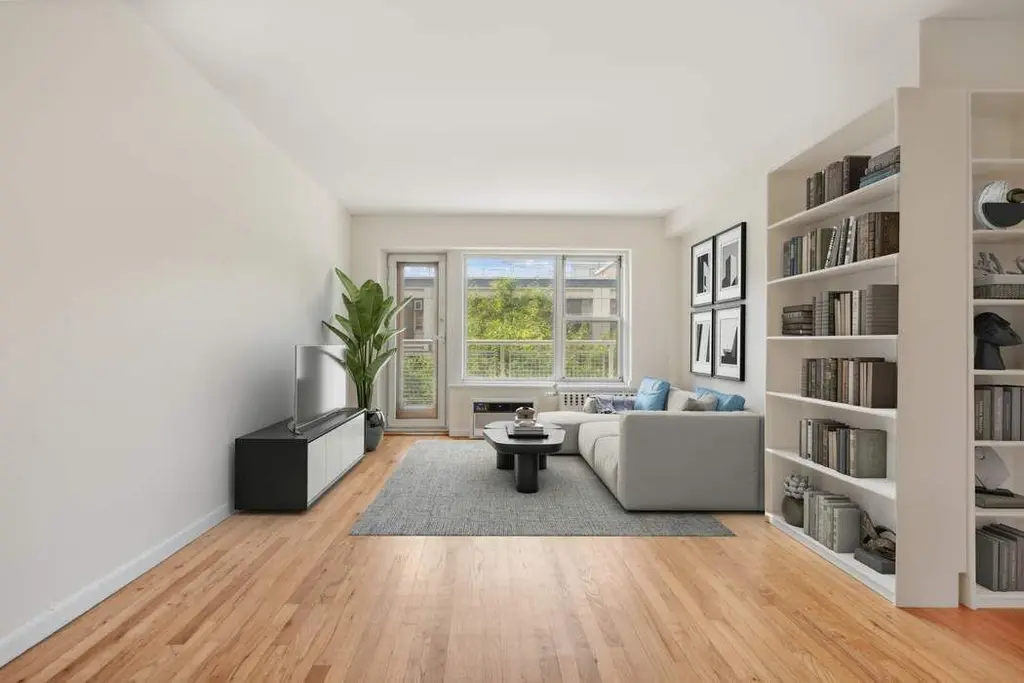
131 West 85th Street, #4C (Sothebys International Realty)
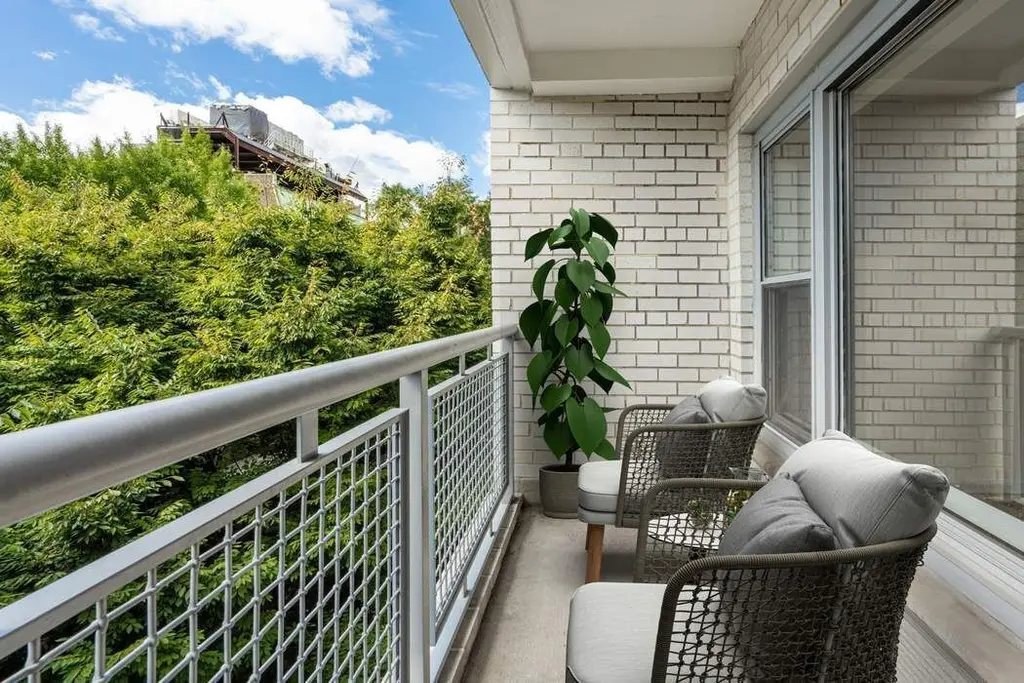
Lenox House, #16D
$1,195,000
Lenox Hill | Cooperative | 1 Bedroom, 1 Bath
Open House: Sunday, March 23
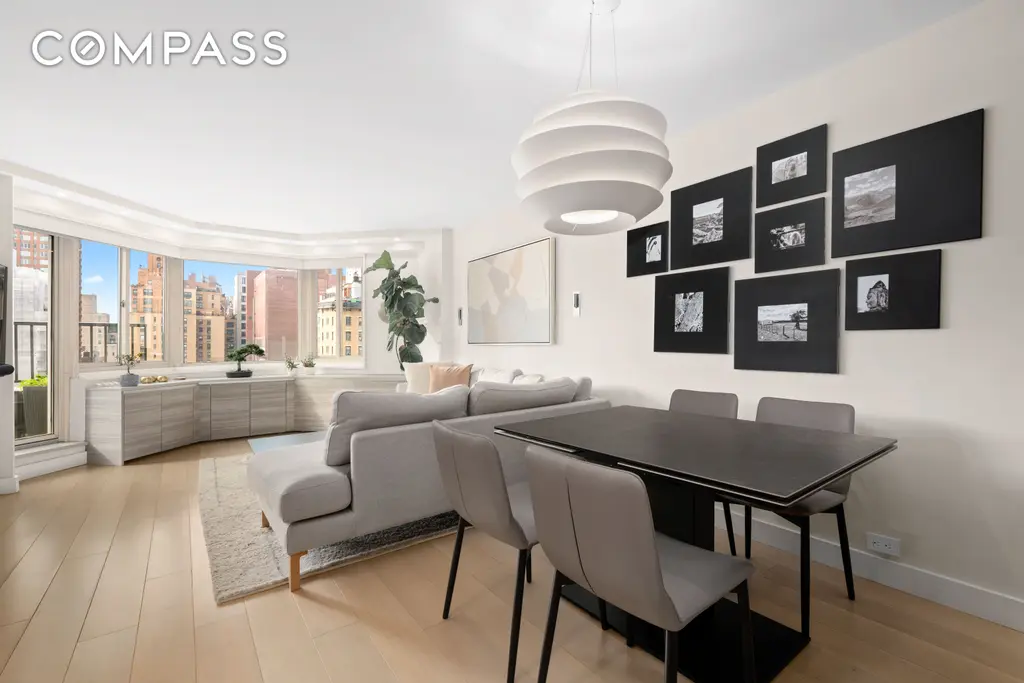
Lenox House, #16D (Compass)
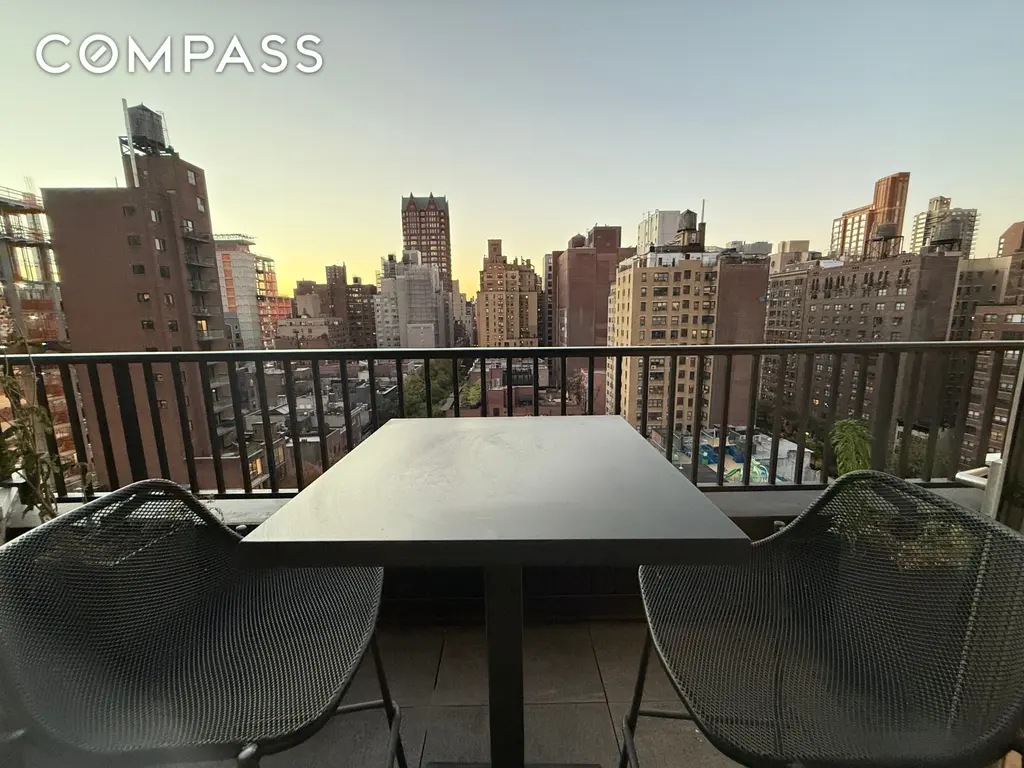
212 East 70th Street, #4B
$1,550,000
Lenox Hill | Condominium | 1 Bedroom, 2 Baths | 1,110 ft2
Open House: Sunday, March 23
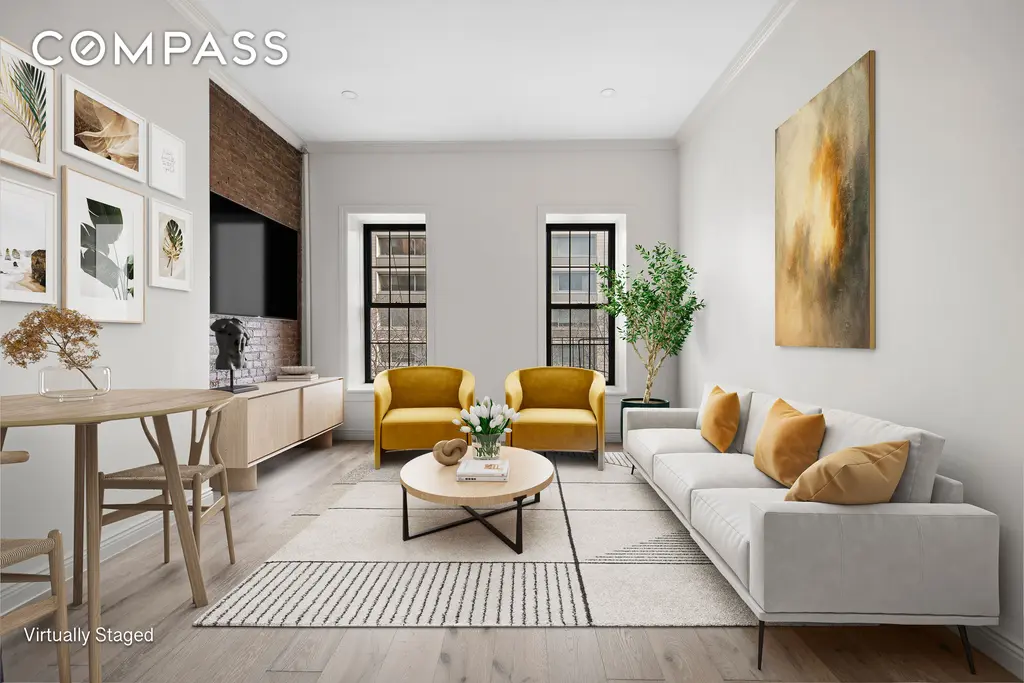
212 East 70th Street, #4B (Compass)
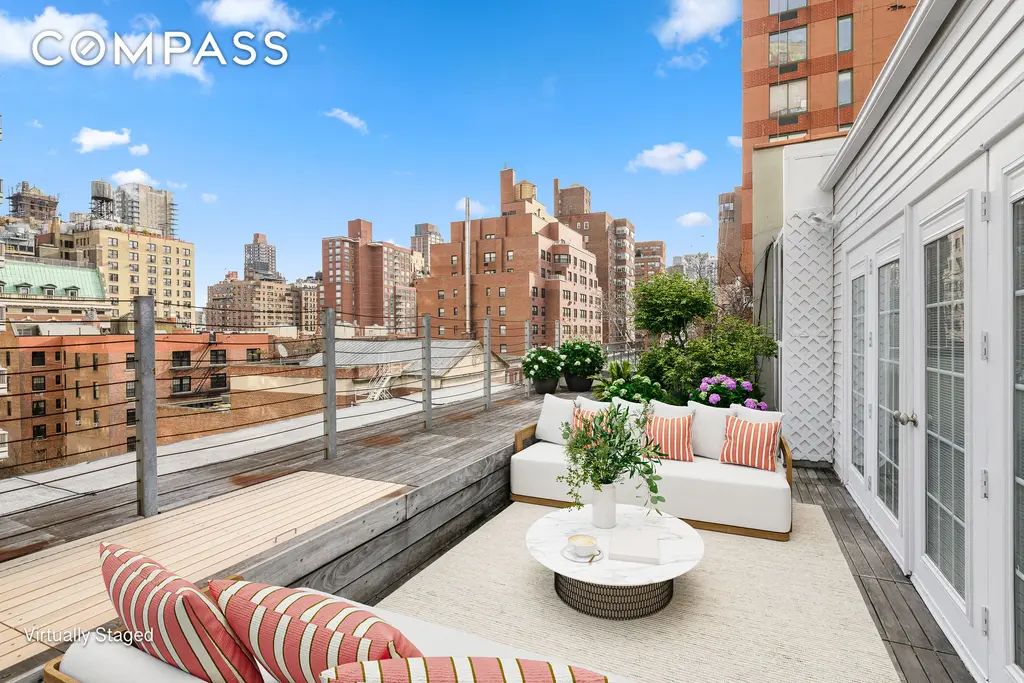
The Mayfair, #11E
$1,650,000
Lenox Hill | Cooperative | 2 Bedrooms, 2 Baths
Open House: Sunday, March 23
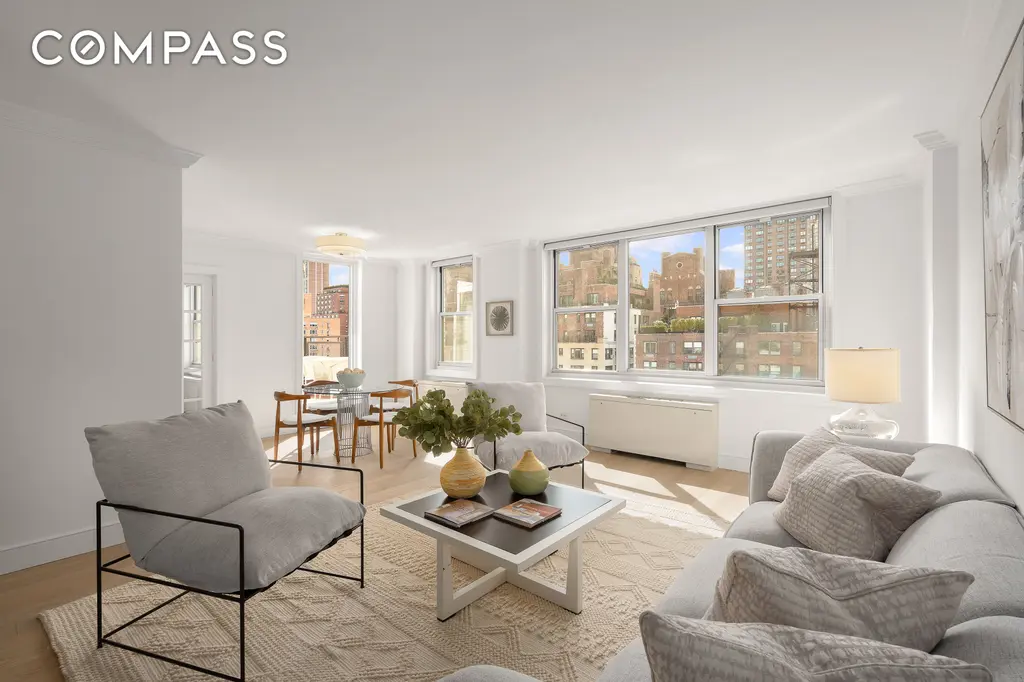
The Mayfair, #11E (Compass)
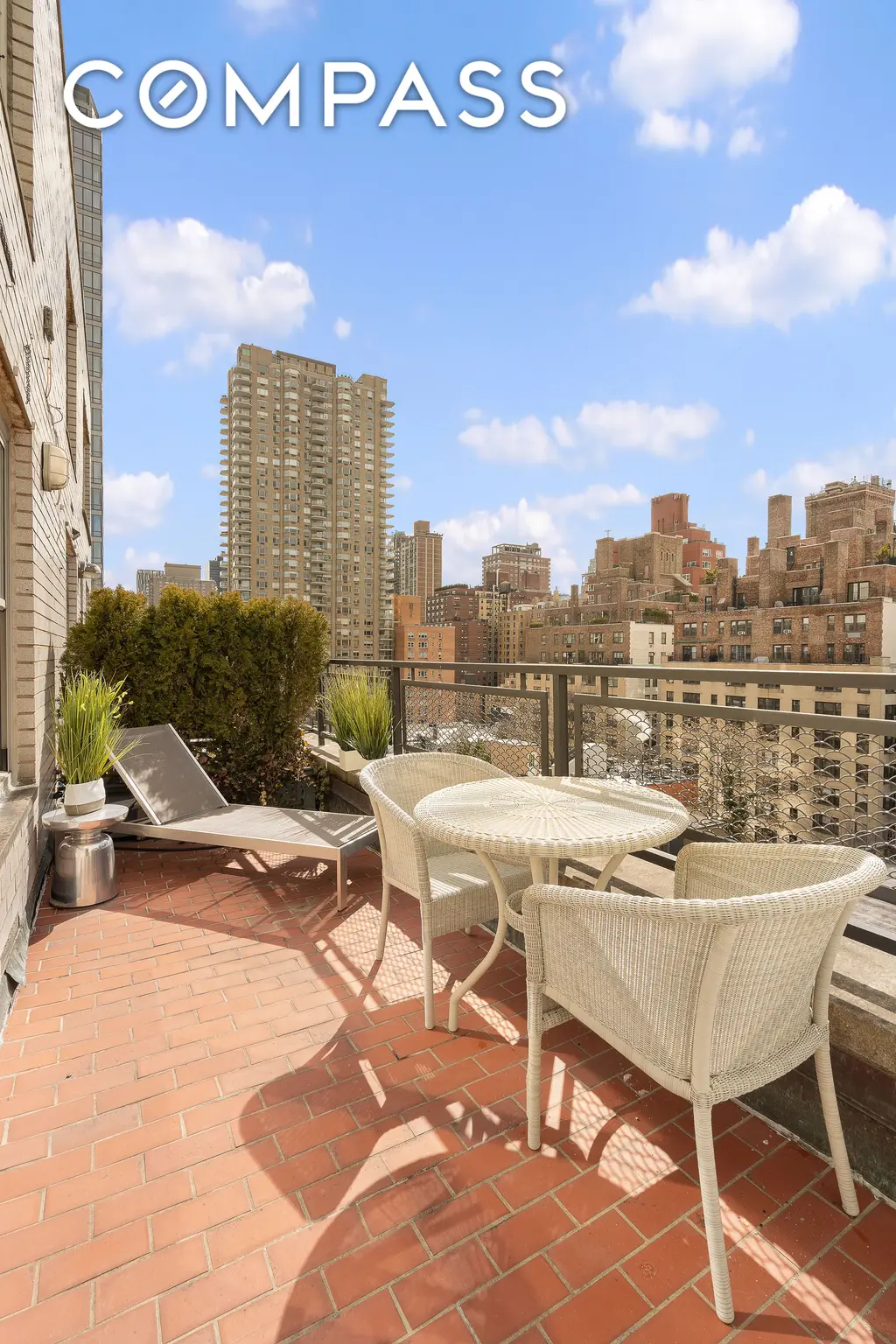
Lenox House, #16EF
$3,395,000
Lenox Hill | Cooperative | 4 Bedrooms, 3.5 Baths
Open House: Sunday, March 23
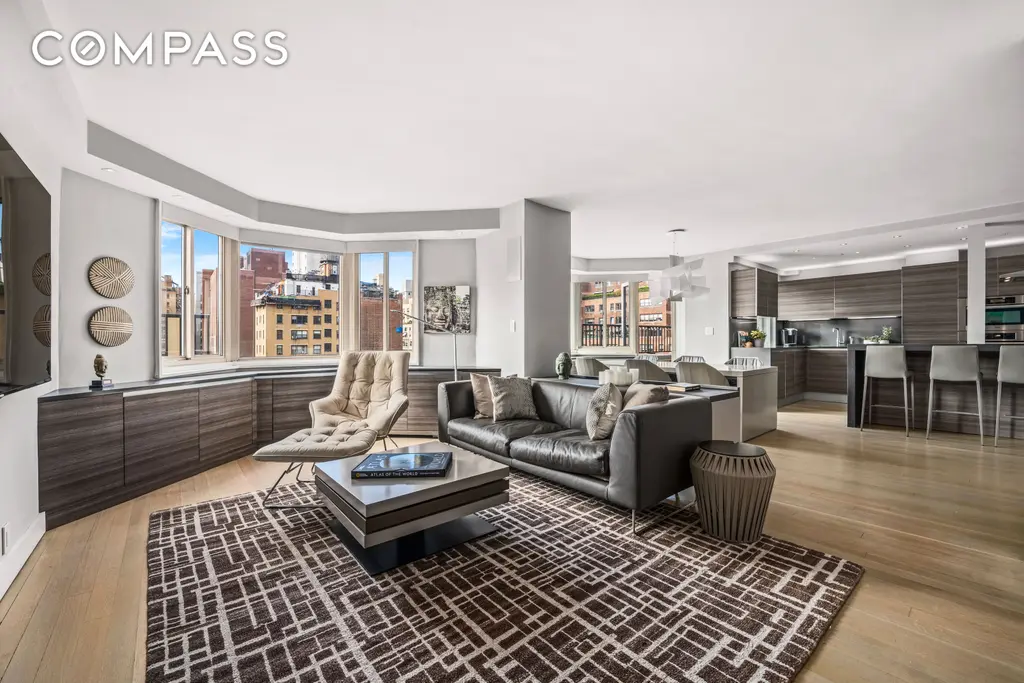
Lenox House, #16EF (Compass)
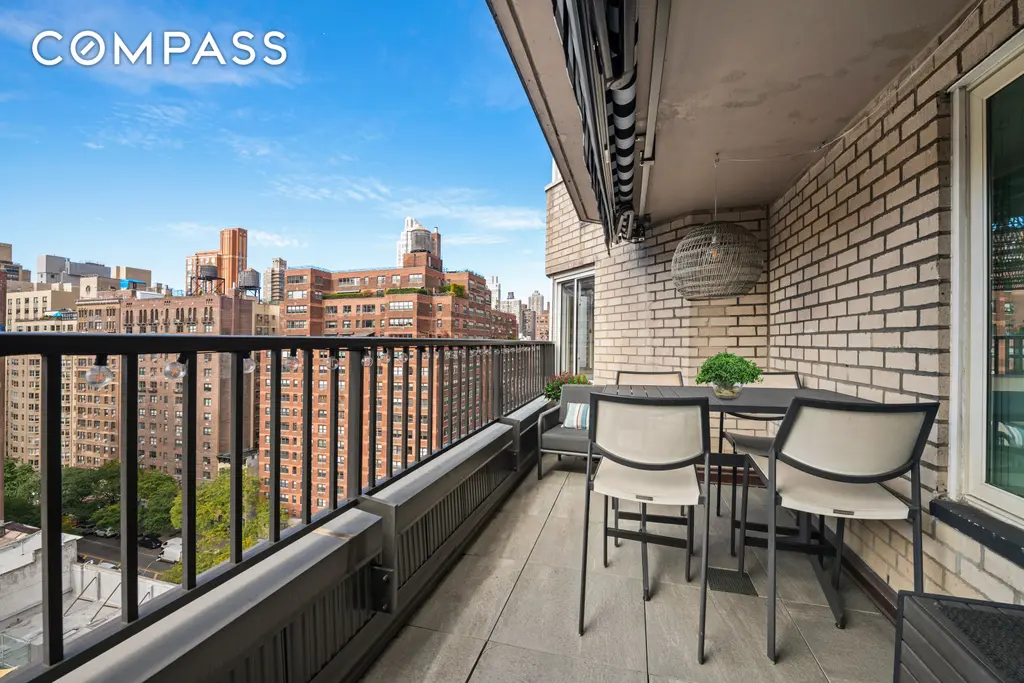
The Park Loggia, #PH1C
$8,900,000
Lincoln Center | Condominium | 3 Bedrooms, 3.5 Baths | 2,216 ft2
Open House: Sunday, March 23
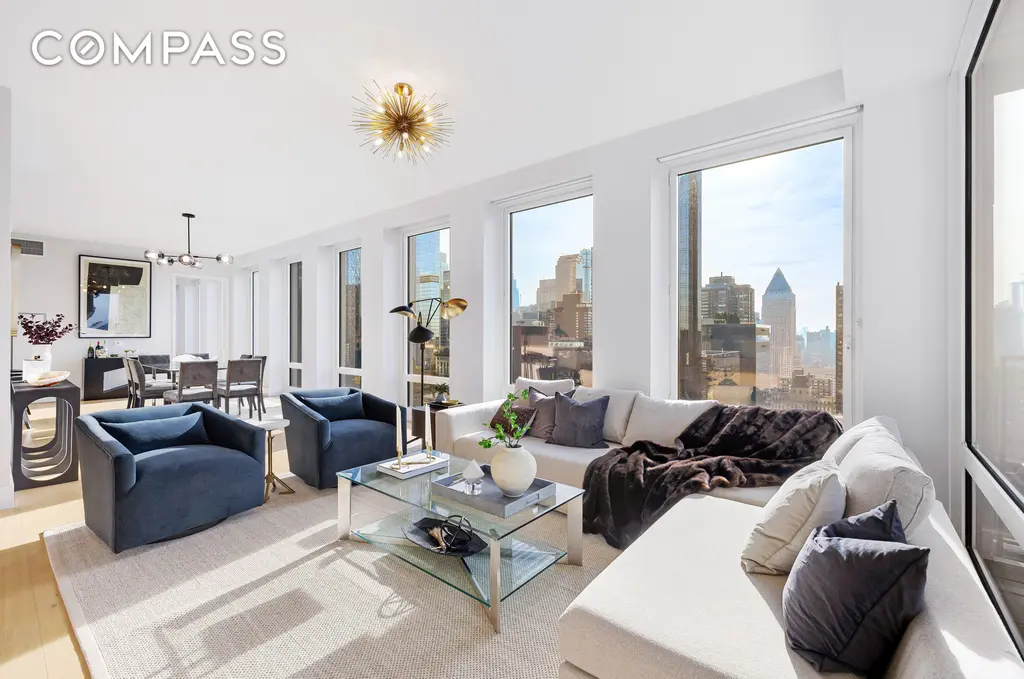
The Park Loggia, #PH1C (Compass)
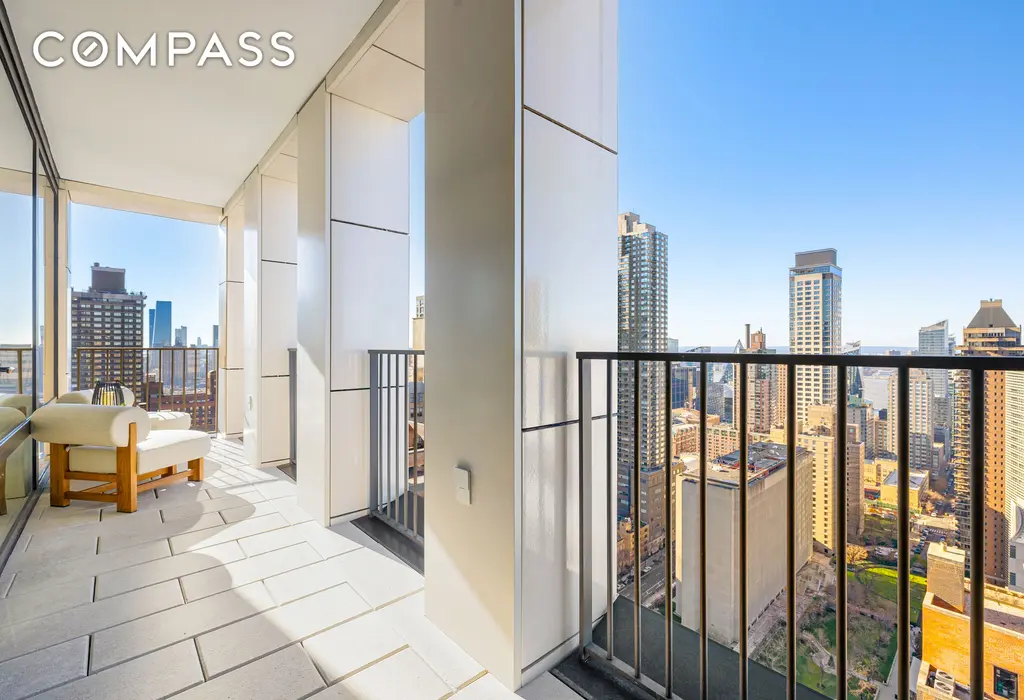
Brooklyn and Queens
The Sophie, #402
$595,000
Astoria/LIC | Condominium | Studio, 1 Bath | 512 ft2
Open House: Saturday, March 22
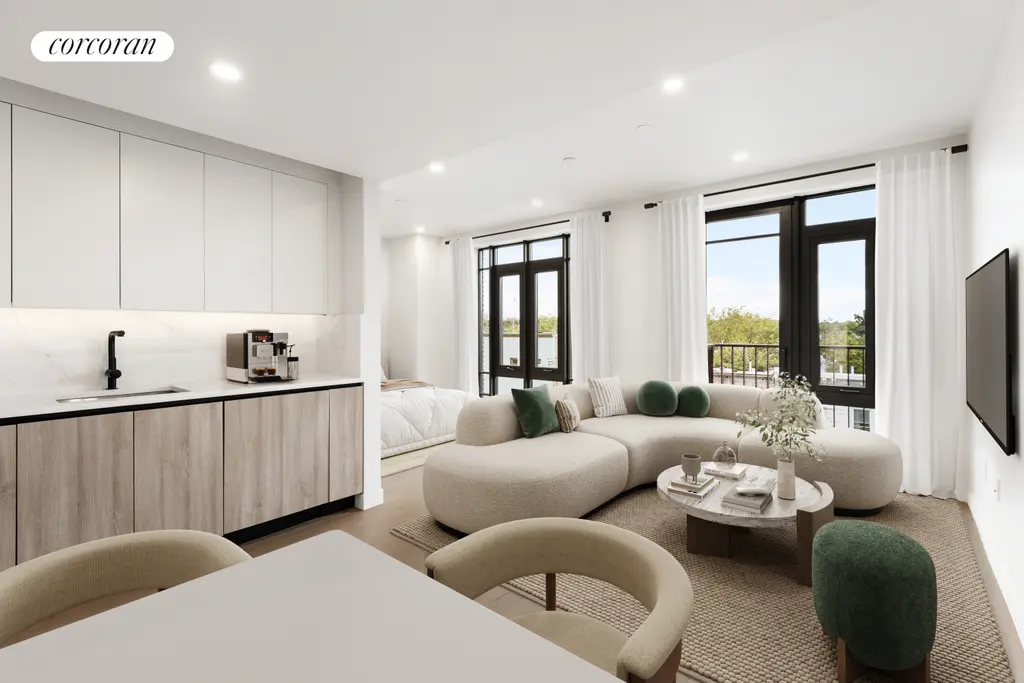
The Sophie, #402 (Corcoran Group)
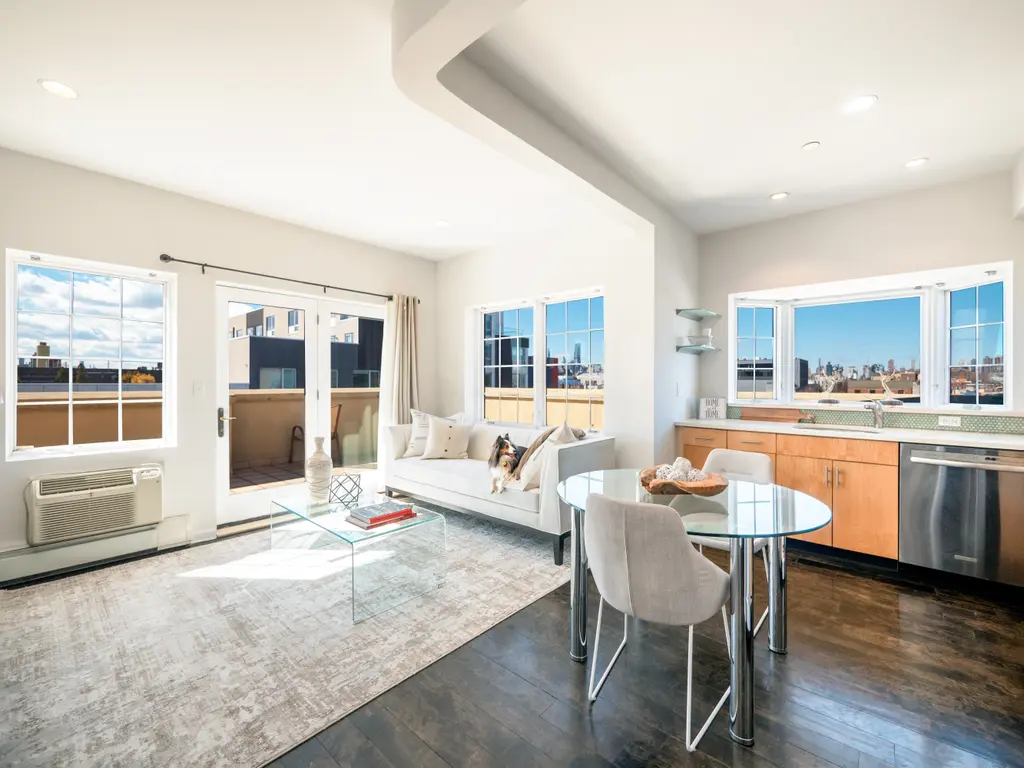
The Ionian, #5C (Berkshire Hathaway HomeServices New York Properties)
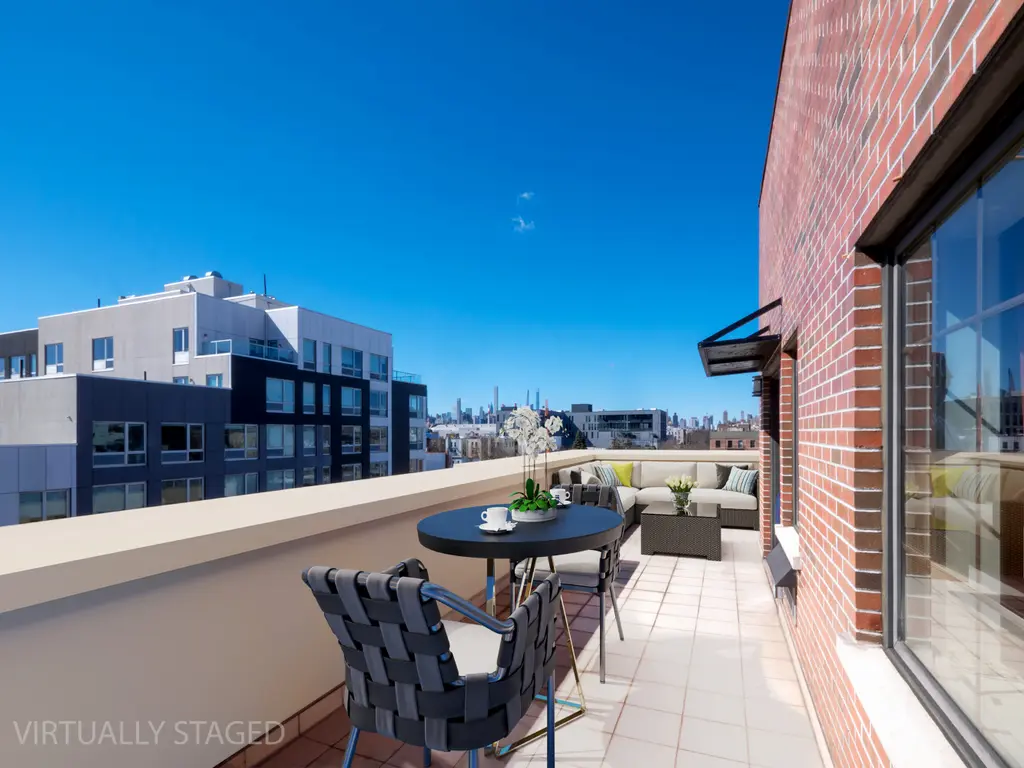
The Edge South Tower, #19B
$1,250,000
Williamsburg | Condominium | 1 Bedroom, 1 Bath | 688 ft2
Open House: Sunday, March 23
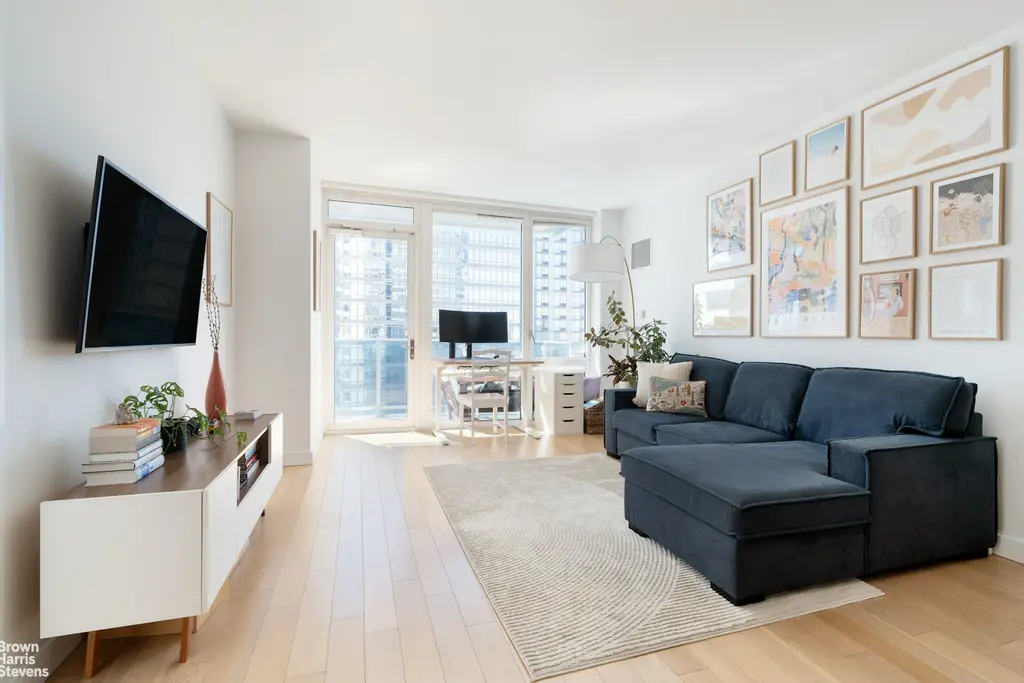
The Edge South Tower, #19B (Brown Harris Stevens Residential Sales LLC)
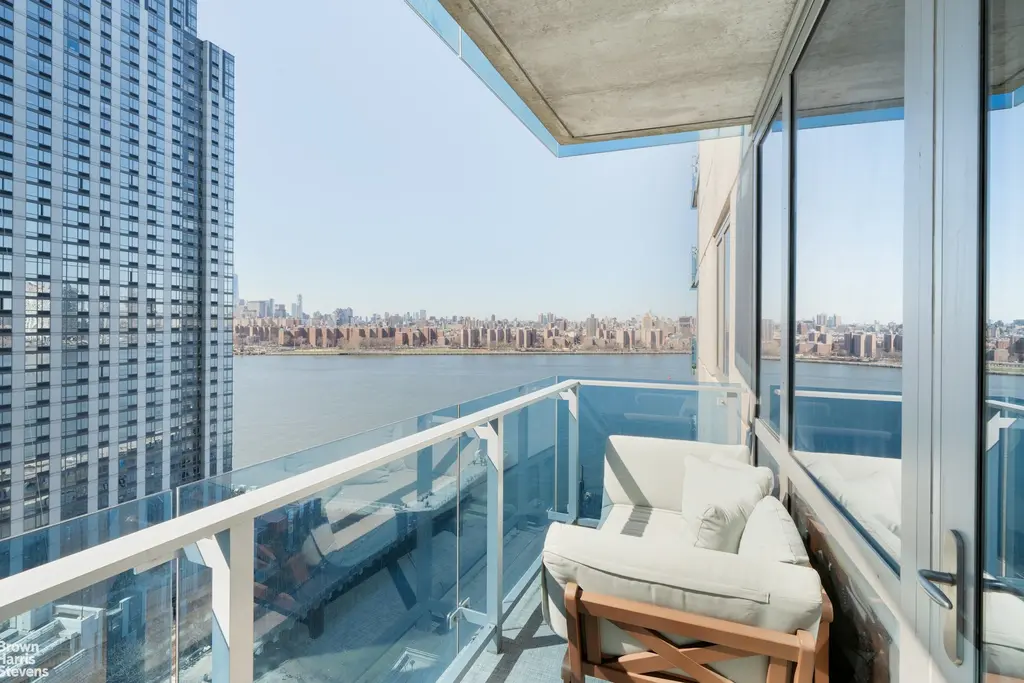
176 South 4th Street, #4A
$1,395,000
Williamsburg | Condominium | 2 Bedrooms, 1.5 Baths | 1,085 ft2
Open House: Sunday, March 23
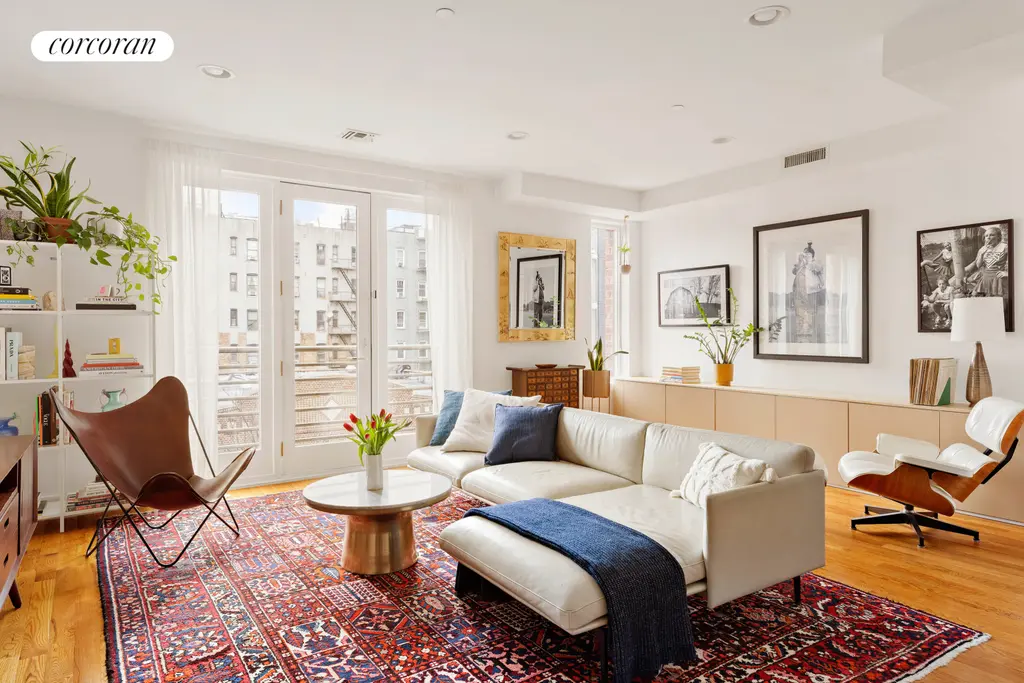
176 South 4th Street, #4A (Corcoran Group)
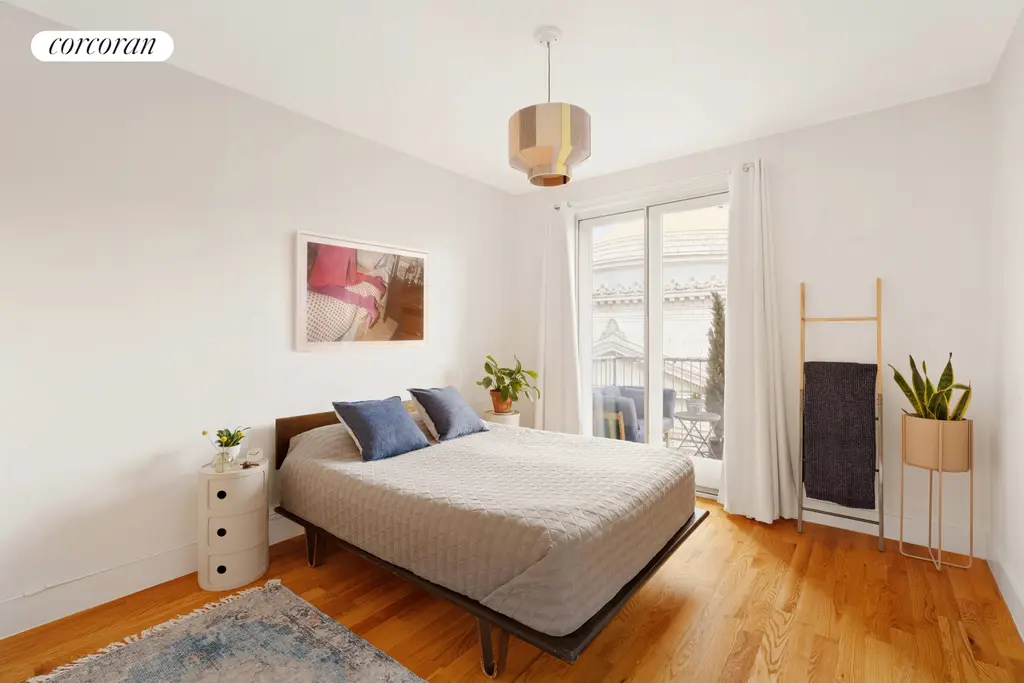
265 20th Street, #PHL
$1,825,000
South Slope - Greenwood Heights | Condominium | 3 Bedrooms, 2 Baths | 1,283 ft2
Open House: Sunday, March 23
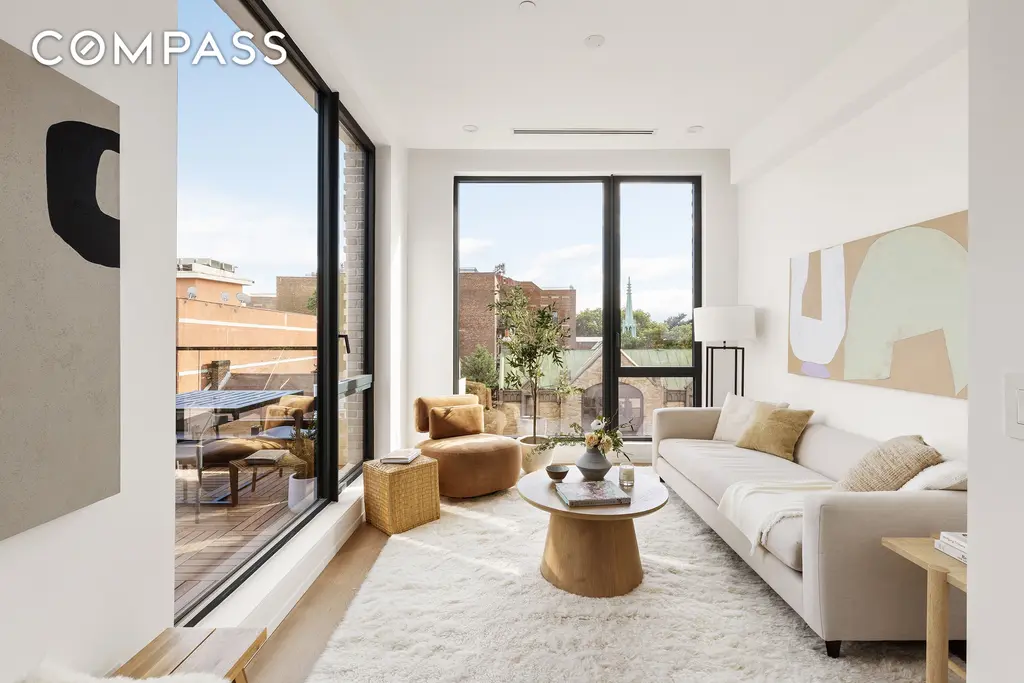
265 20th Street, #PHL (Compass)
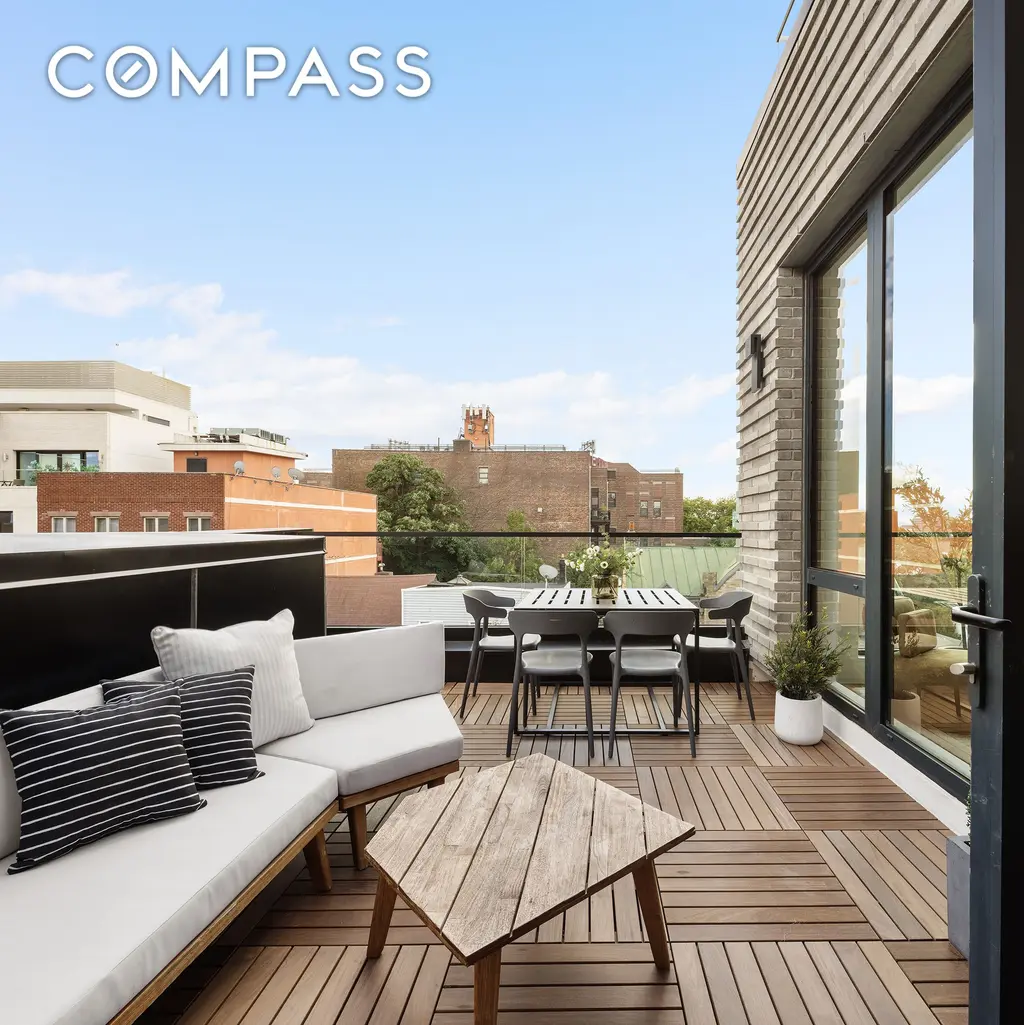
443 Bergen Street, #PH
$3,300,000
Park Slope | Condominium | 3 Bedrooms, 2.5 Baths | 1,870 ft2
Open House: Sunday, March 23
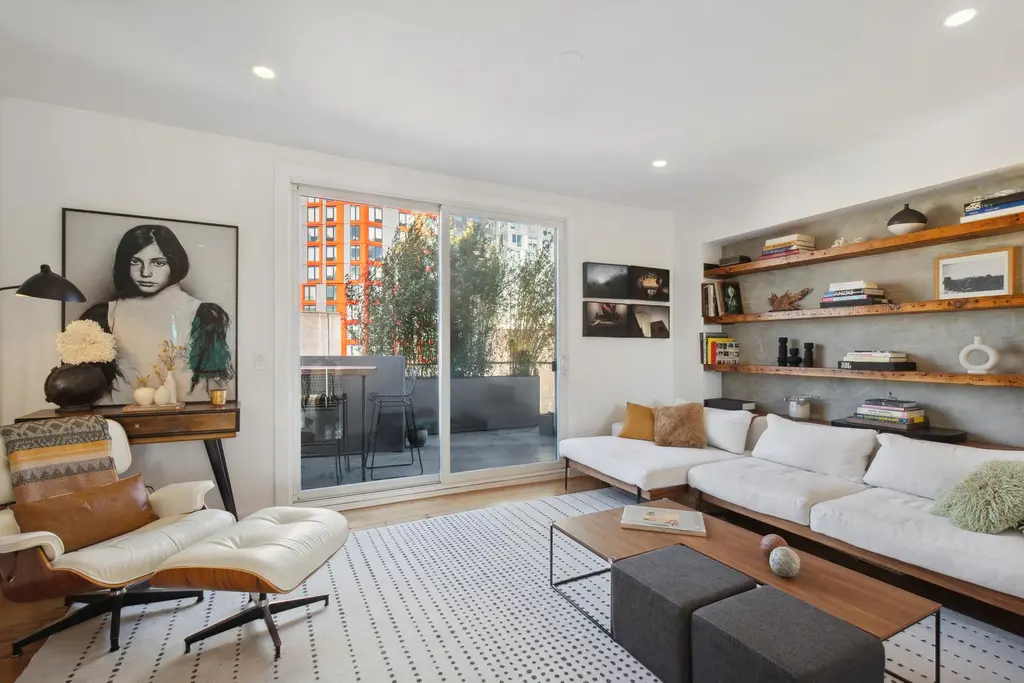
443 Bergen Street, #PH (Douglas Elliman Real Estate)
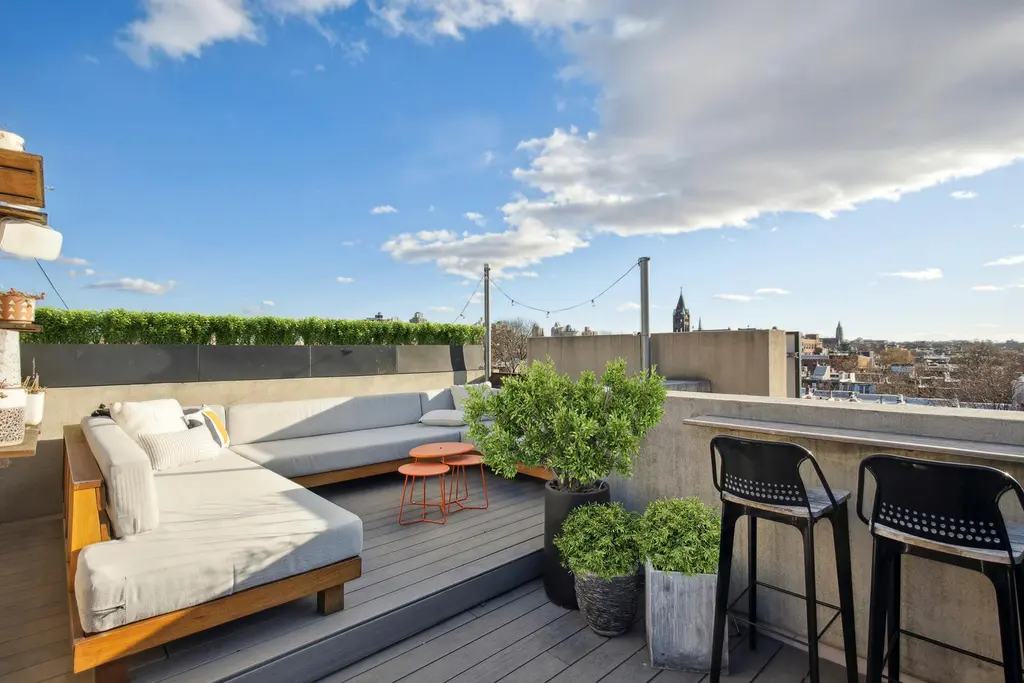
Would you like to tour any of these properties?
Just complete the info below.
Or call us at (212) 755-5544
Would you like to tour any of these properties?

Contributing Writer
Cait Etherington
Cait Etherington has over twenty years of experience working as a journalist and communications consultant. Her articles and reviews have been published in newspapers and magazines across the United States and internationally. An experienced financial writer, Cait is committed to exposing the human side of stories about contemporary business, banking and workplace relations. She also enjoys writing about trends, lifestyles and real estate in New York City where she lives with her family in a cozy apartment on the twentieth floor of a Manhattan high rise.

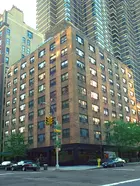
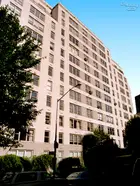
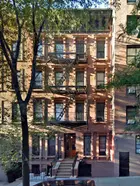
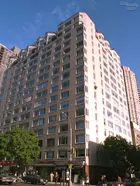

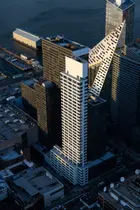
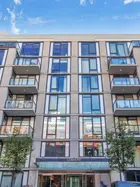
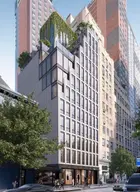
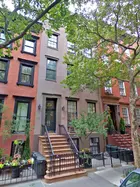
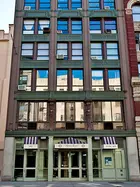
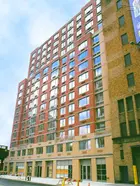

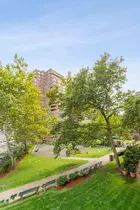
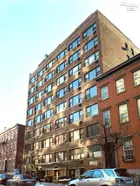
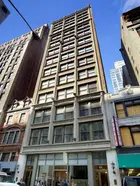

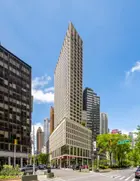
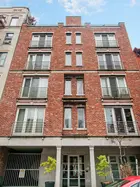

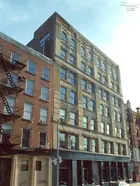
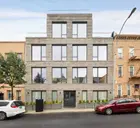
 6sqft delivers the latest on real estate, architecture, and design, straight from New York City.
6sqft delivers the latest on real estate, architecture, and design, straight from New York City.
